The Tokyo motor show is regarded as one of the most diverse in the industry, encompassing the best of Japan’s native car makers as well as its idiosyncratic car culture, with wild tuning cars, boxy kei cars and more.
The 45th edition of the biennial show is underway, and Autocar's team was on hand for the opening press day to bring you full coverage. Editorial director Jim Holder, editor Mark Tisshaw, news editor Rachel Burgess and staff writer Jimi Beckwith were all in Japan. Their coverage, along with that of our contributing writers, can be found below.
Tokyo motor show report - by Jim Holder
Is the Japanese car industry in crisis? It seemed a perfectly reasonable question to ponder on the eve on the Tokyo motor show.
The majority of the bigger players (Toyota, Honda) looked like they were floundering, broadsided by rapidly developing global legislation that is determined to accelerate the uptake of battery electric vehicles, while the smaller firms (Mazda, Mitsubishi, Subaru) appeared to be caught with either halfway house technology or no obvious sign of any next-gen technology at all. Meanwhile, Nissan, first to market with the Leaf, was now being viewed as being caught in the pack as rivals race to take up the EV cudgels.
Two days later, after being immersed in the best the Japanese car industry has to offer today, tomorrow and for years to come, that feeling of impending doom is alleviated – if not entirely eradicated.
The crisis, it seems, is more one of communication than creativity. Japanese have a well-heralded love of hiding their light under a proverbial bushel, but in the global car industry that doesn’t make for effective transmission of what’s happening.
Where middle managers seem petrified to confirm that a concept could even make production, senior management is happy to not only confirm it, but name dates, details and more. Modesty is admirable, but having the quiet confidence to talk about your plans is far more productive. At this year’s motor show, some of the bigwigs did just that, thank goodness.
Most notable was Didier Leroy, executive vice president of Toyota, who deputised for president Akio Toyoda (off on another speaking assignment) and took to the stage to outline Toyota’s show line-up with clarity, confidence and, notably, all in the international language of English.
Explaining exactly what each car was there for, he covered just about every base, from hydrogen to electric to mild concept to outlandish concept, with a couple of production cars in between. ‘Whatever you want, we’ve got it covered,’ seemed to be the message, while highlighting the firm’s 20 years of hybrid leadership.


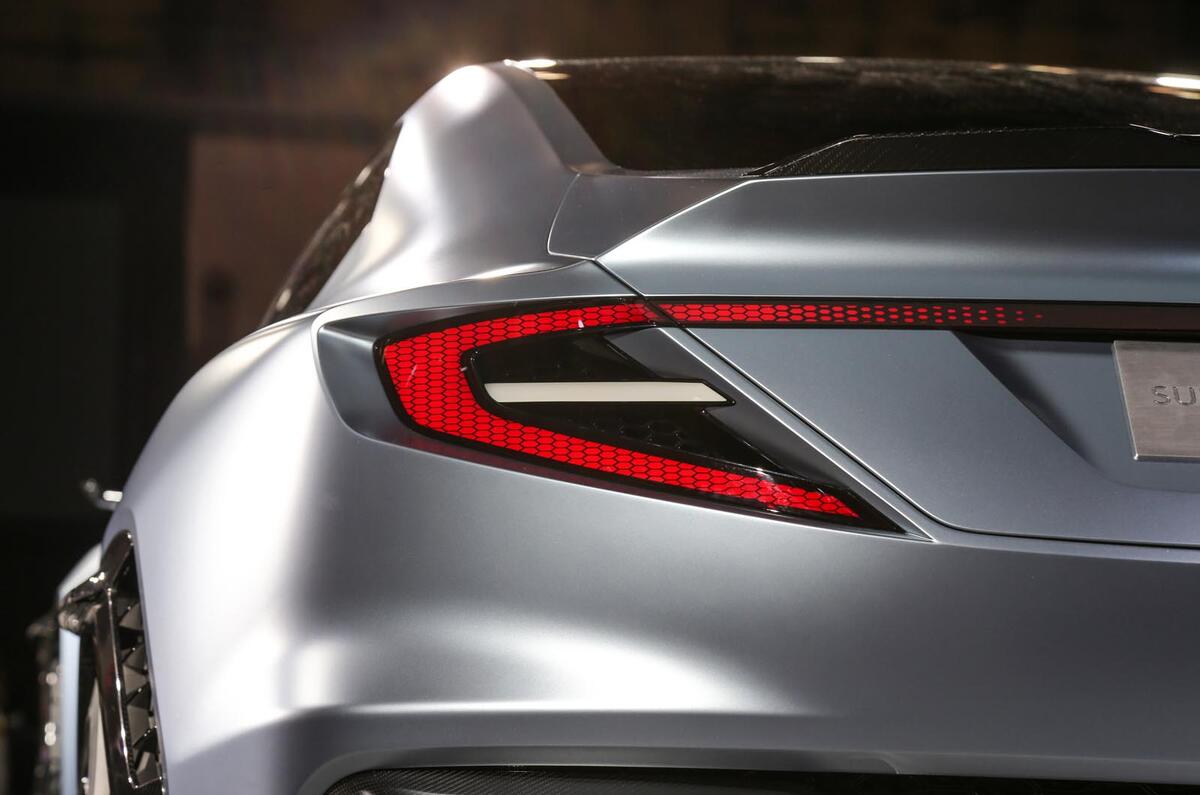
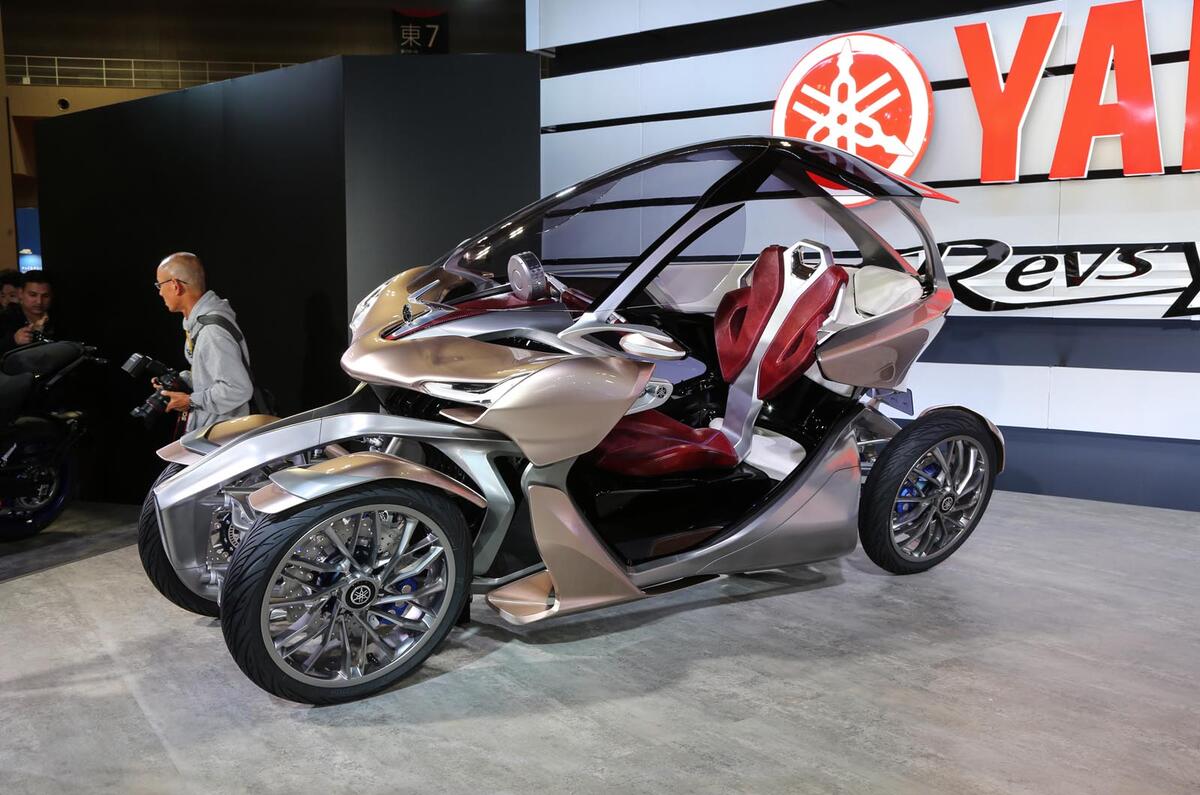
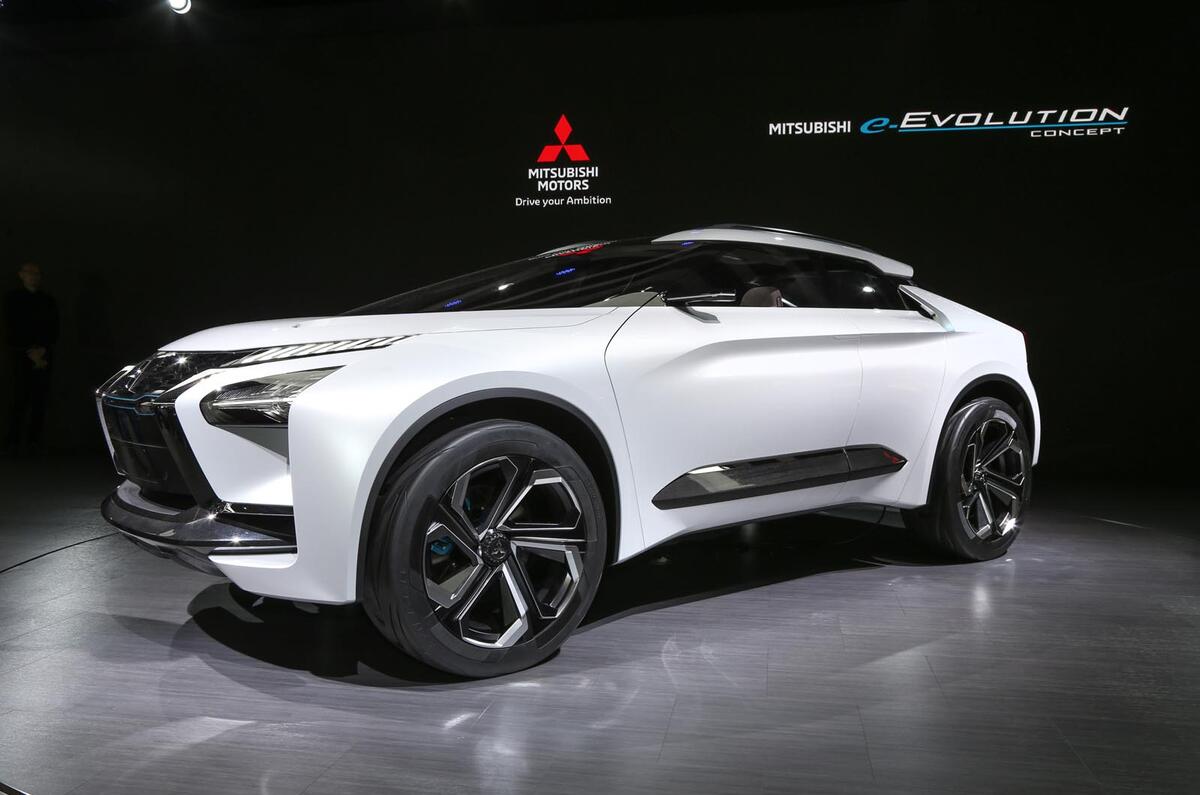
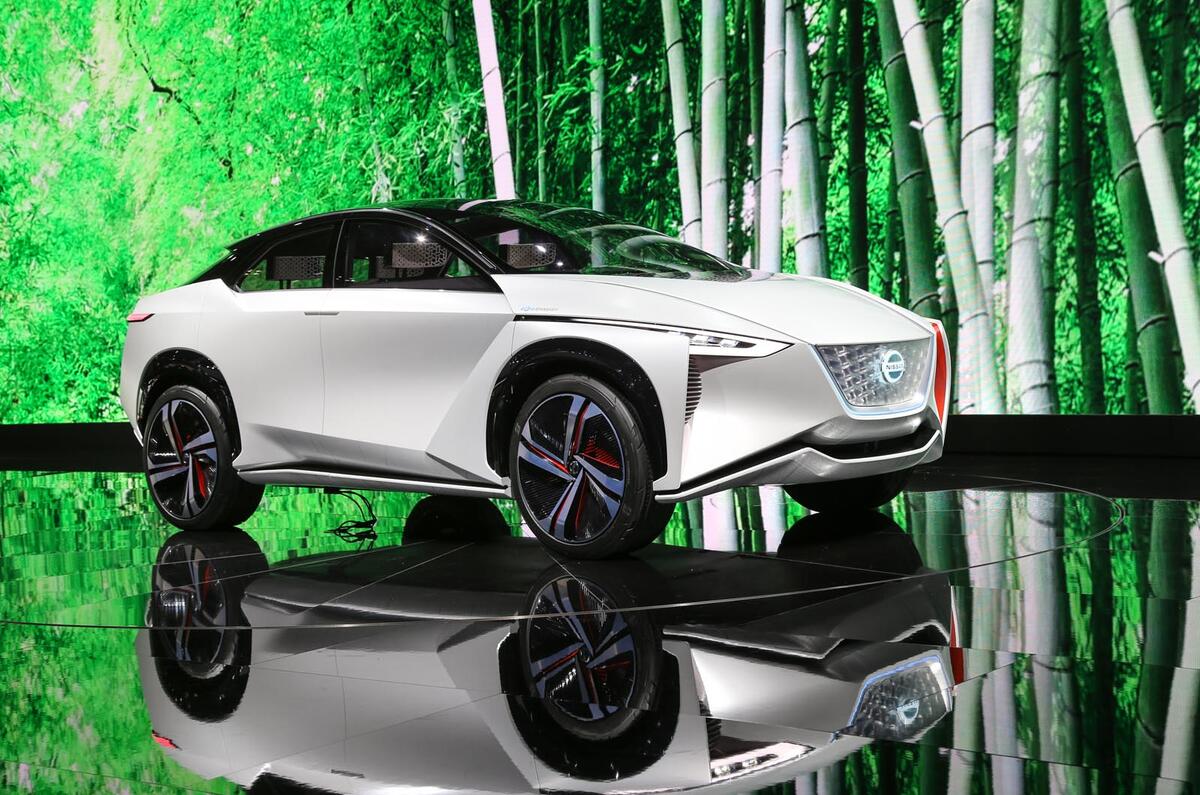
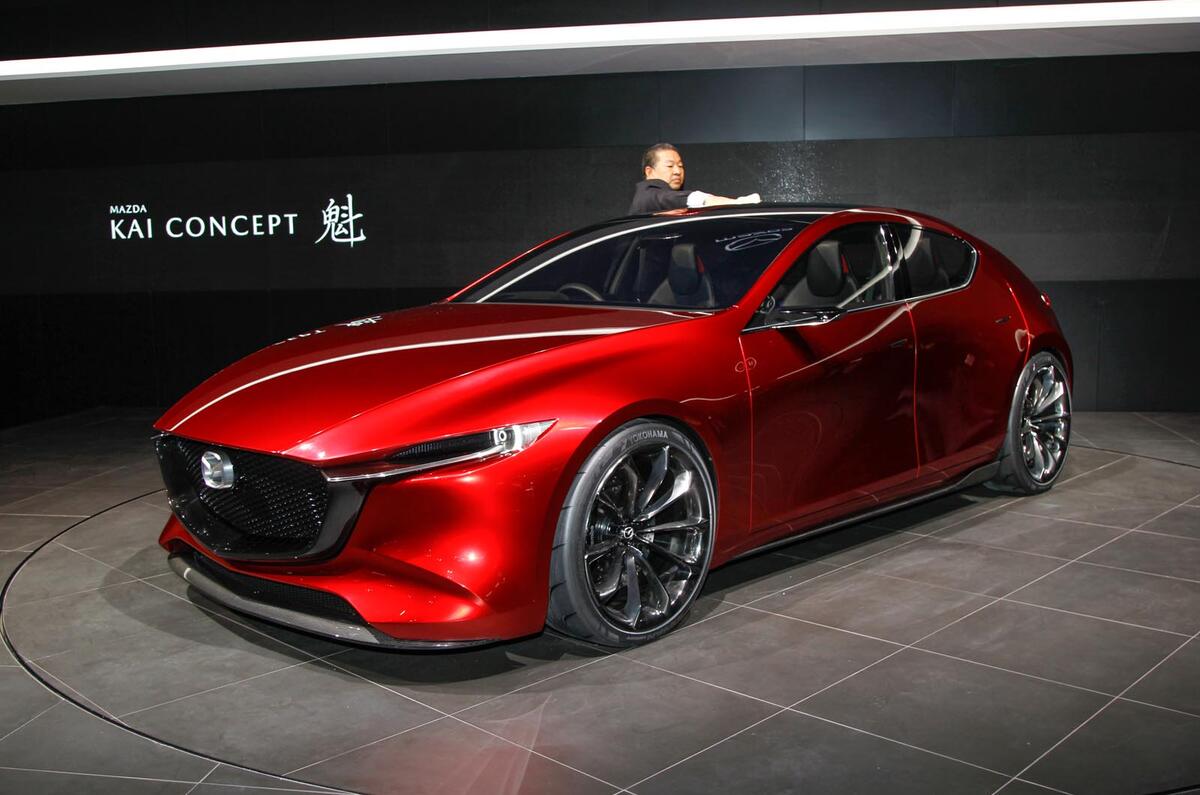
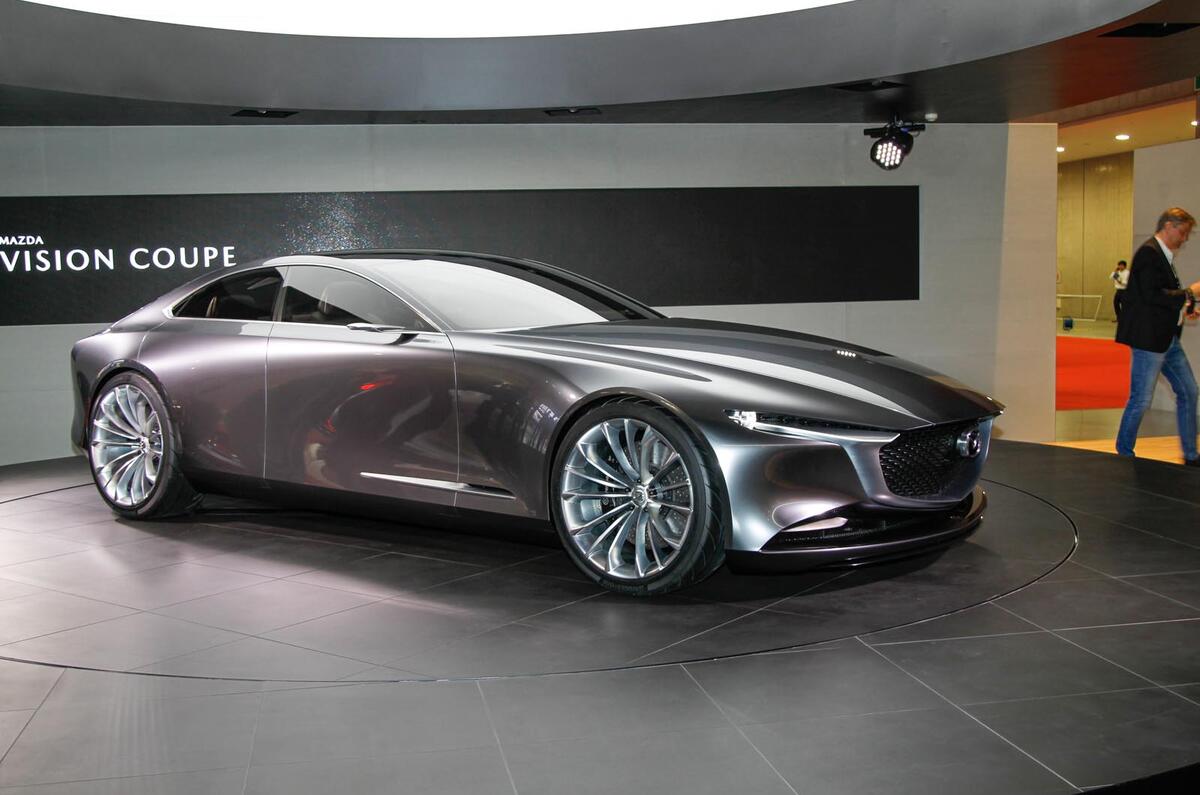
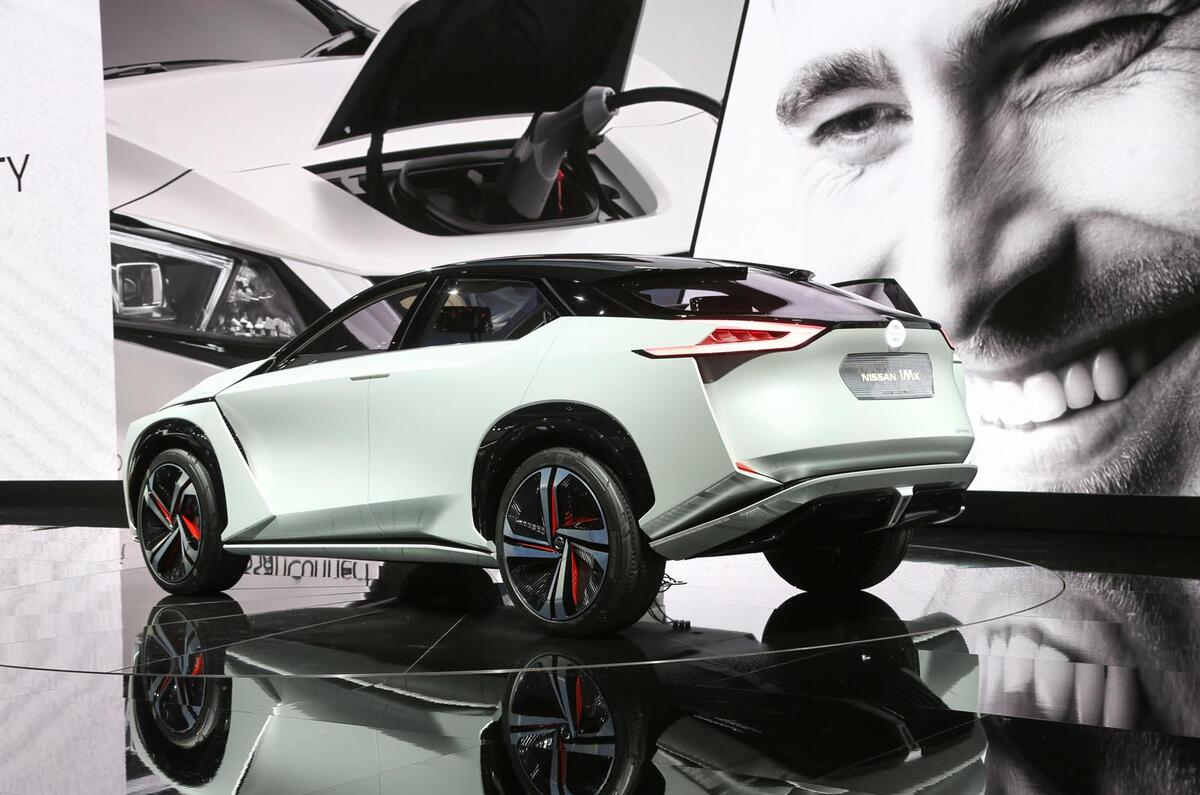

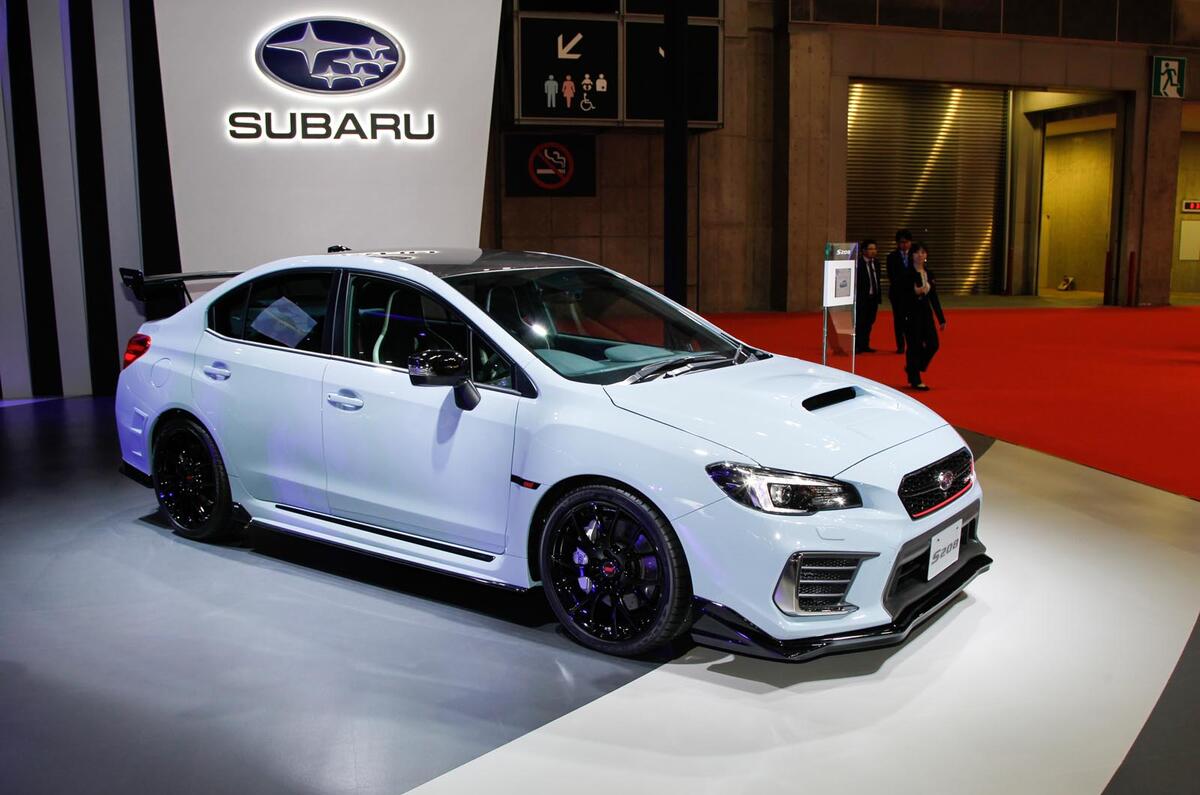
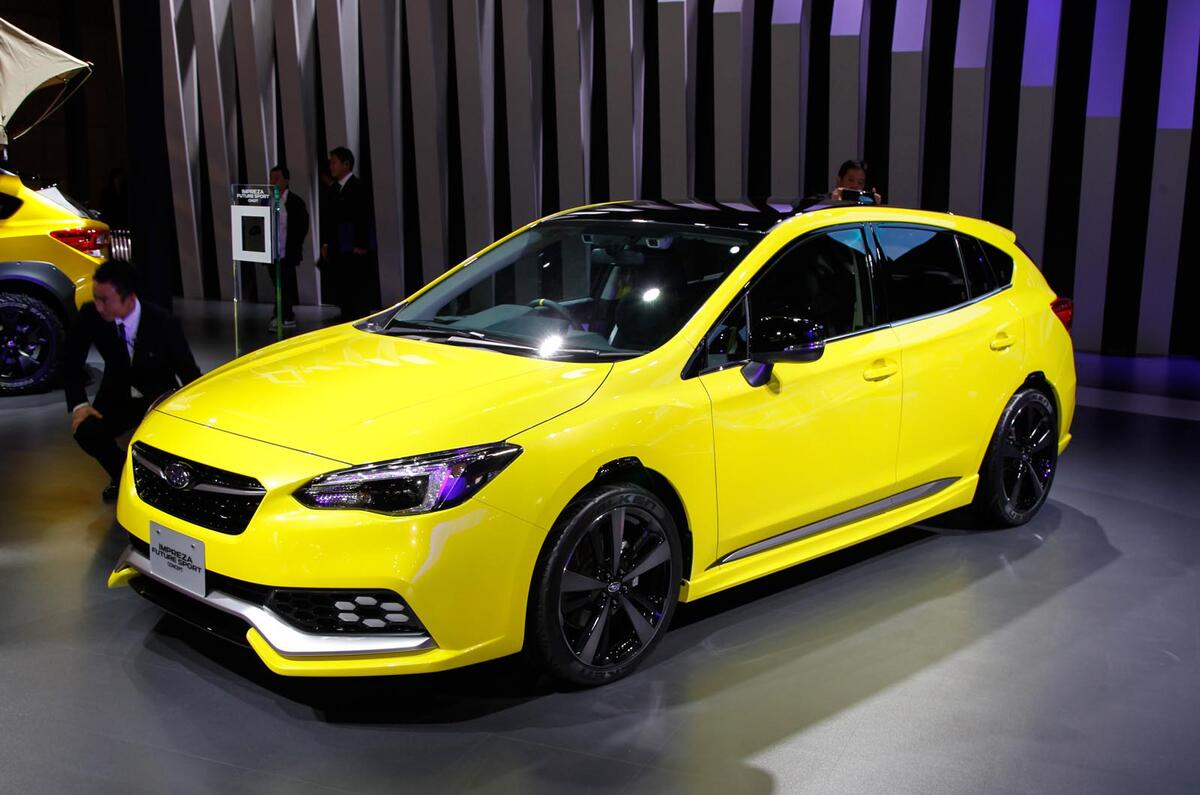
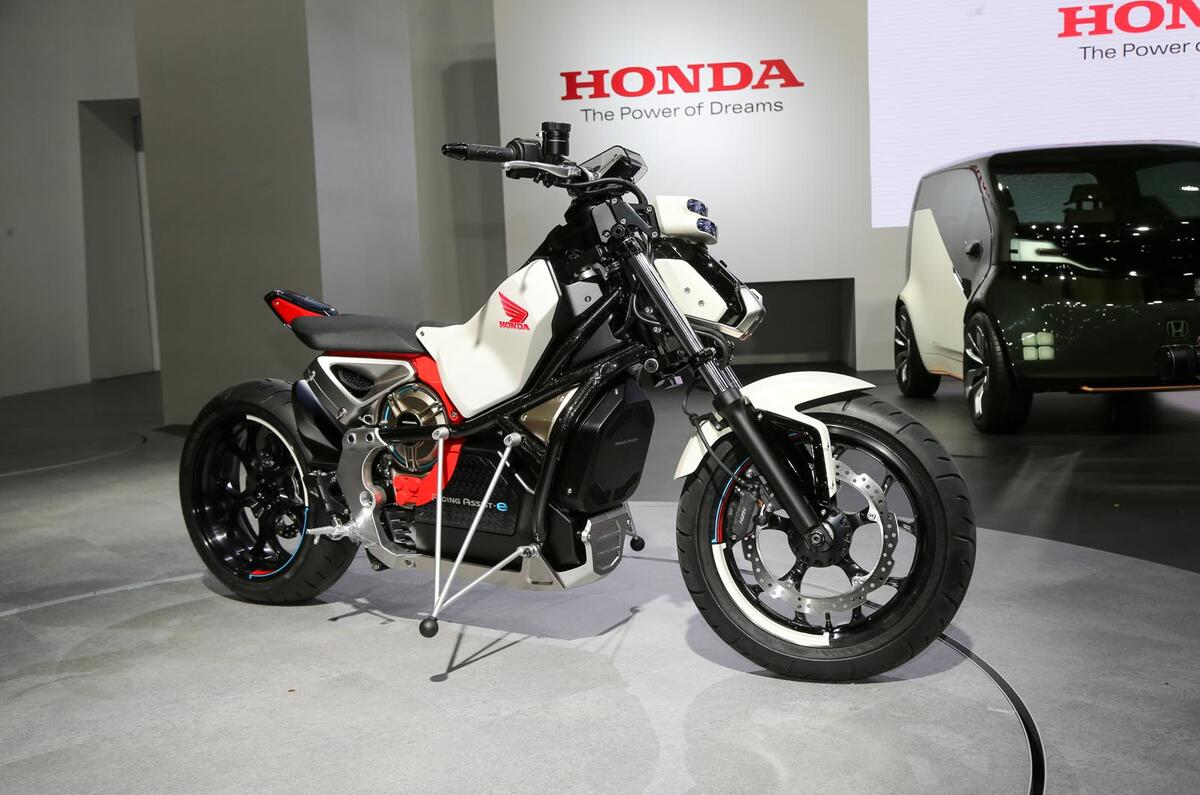
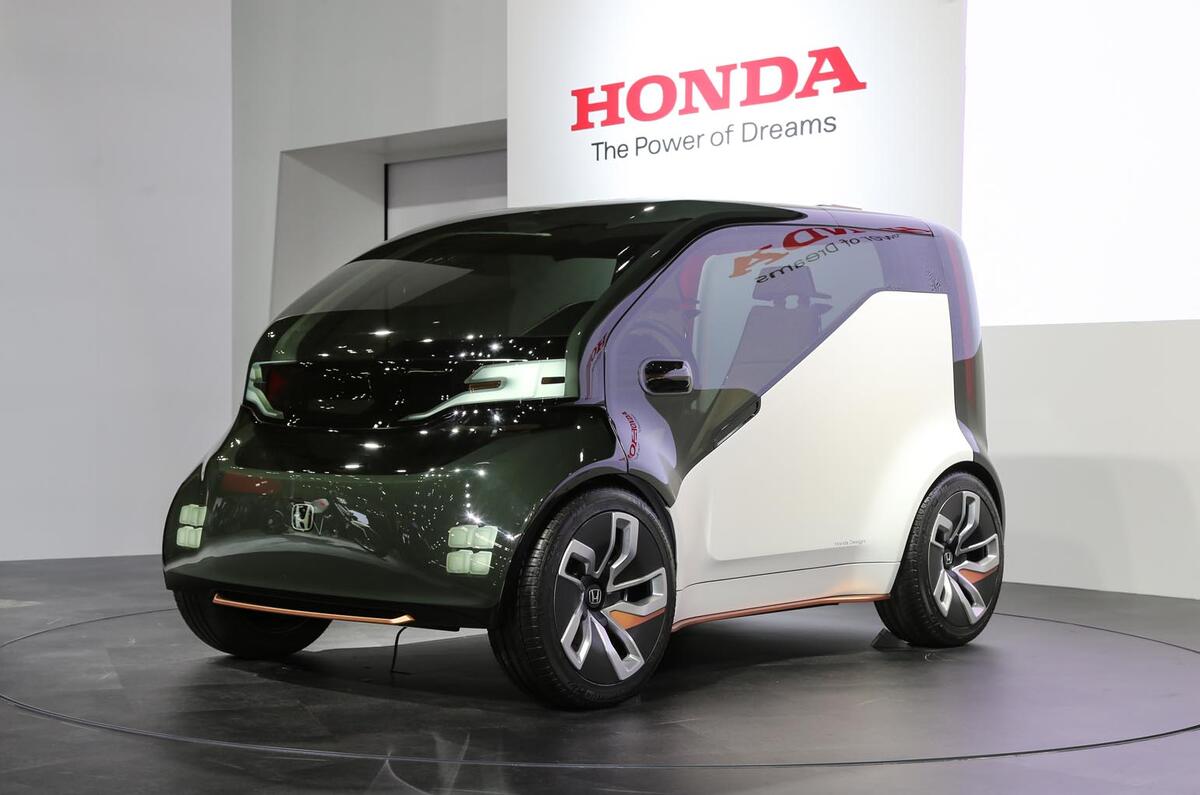
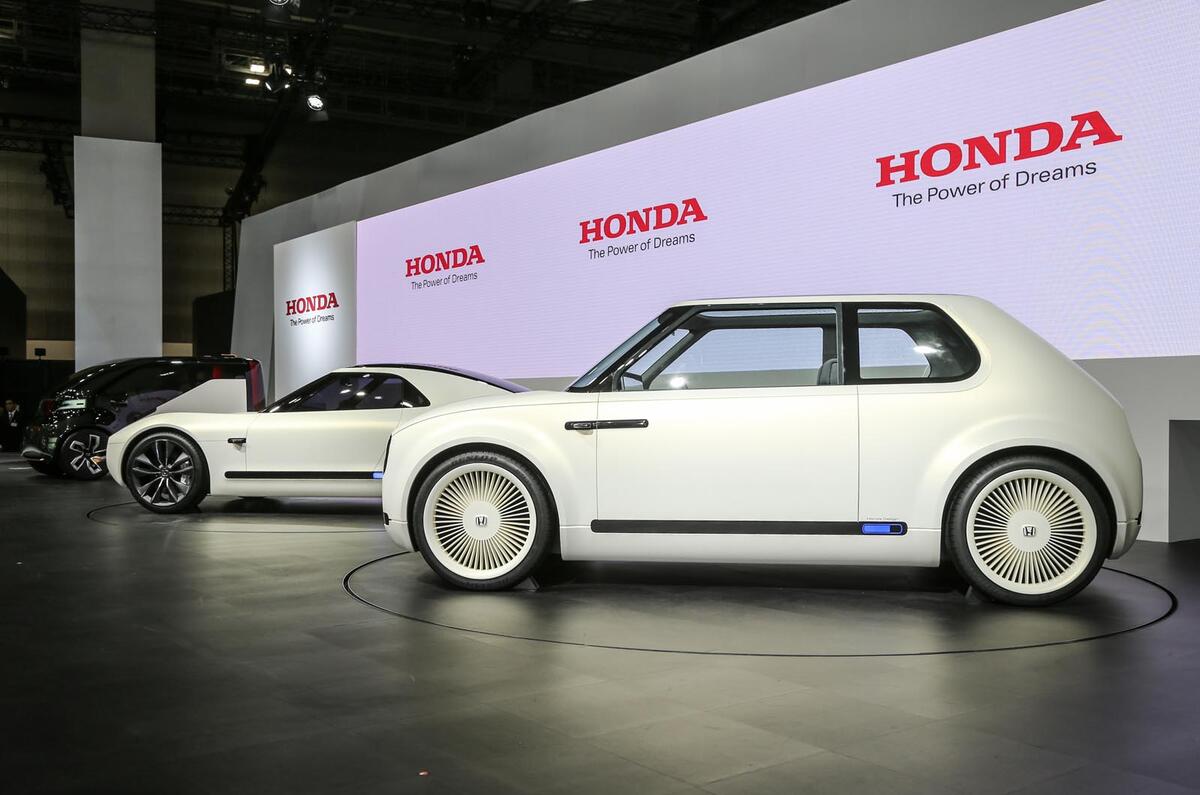


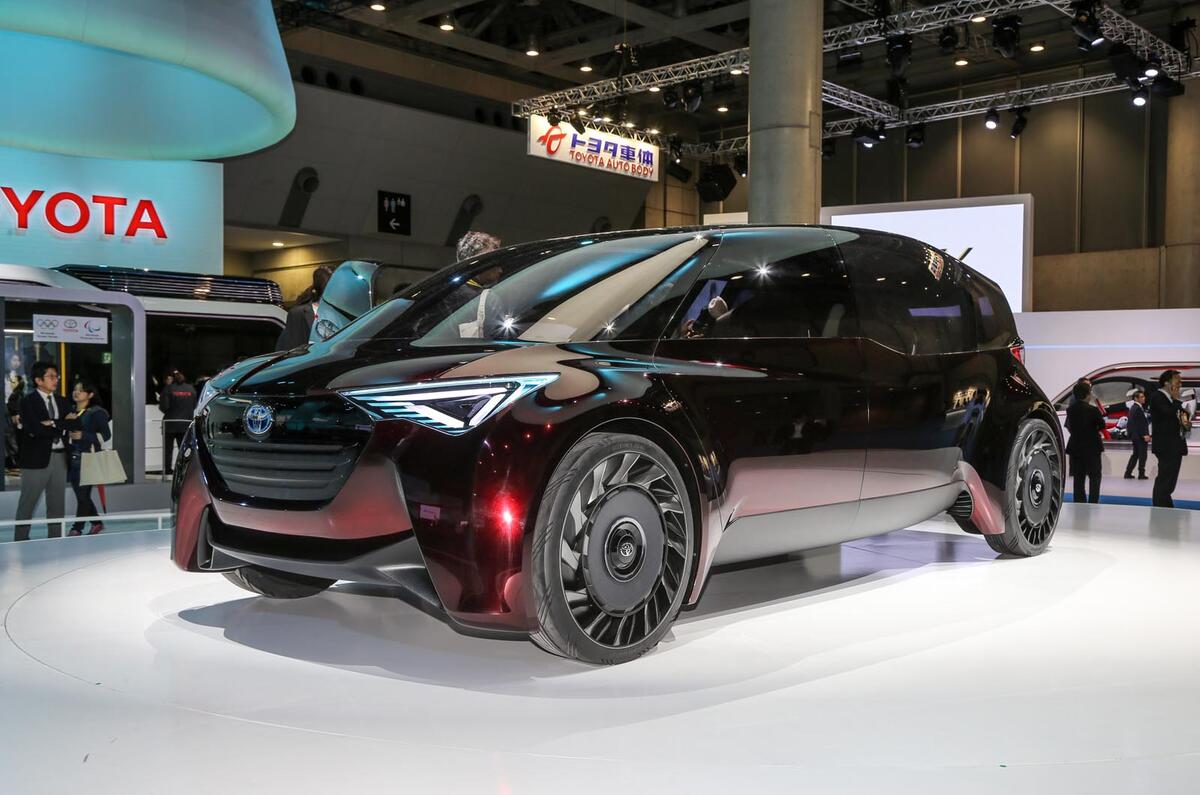
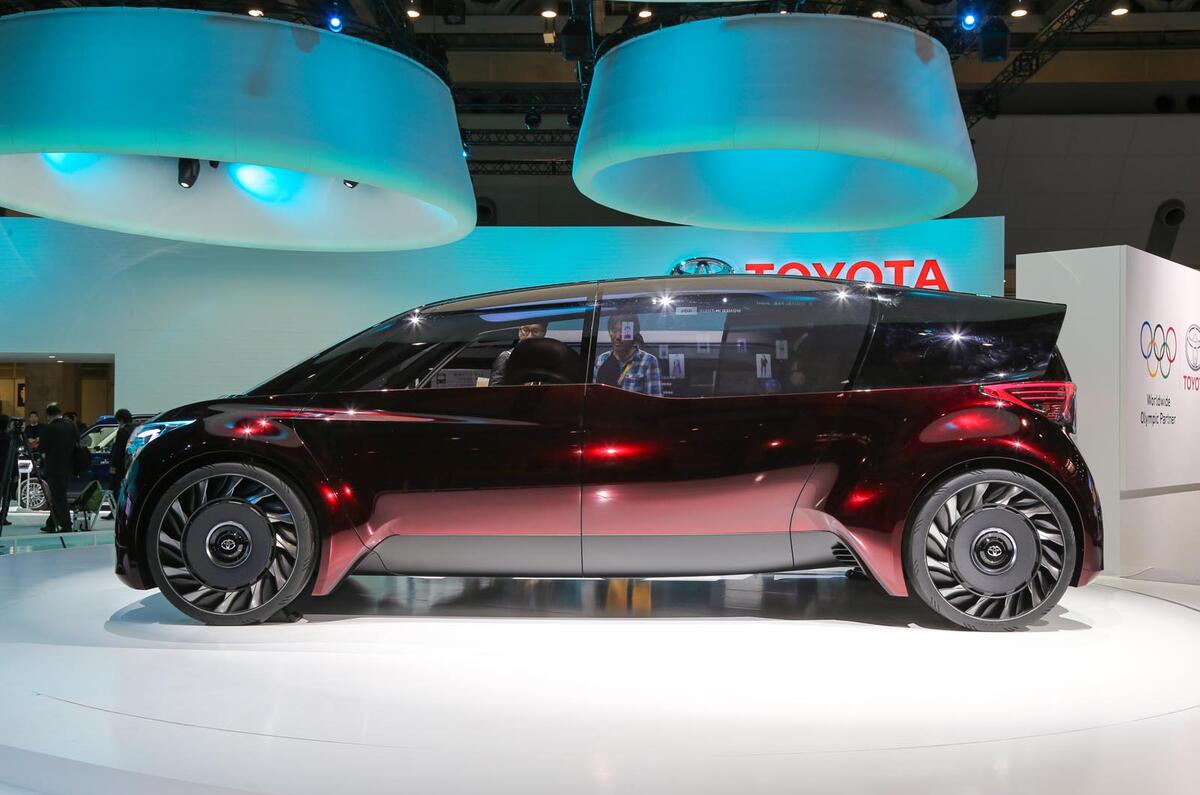
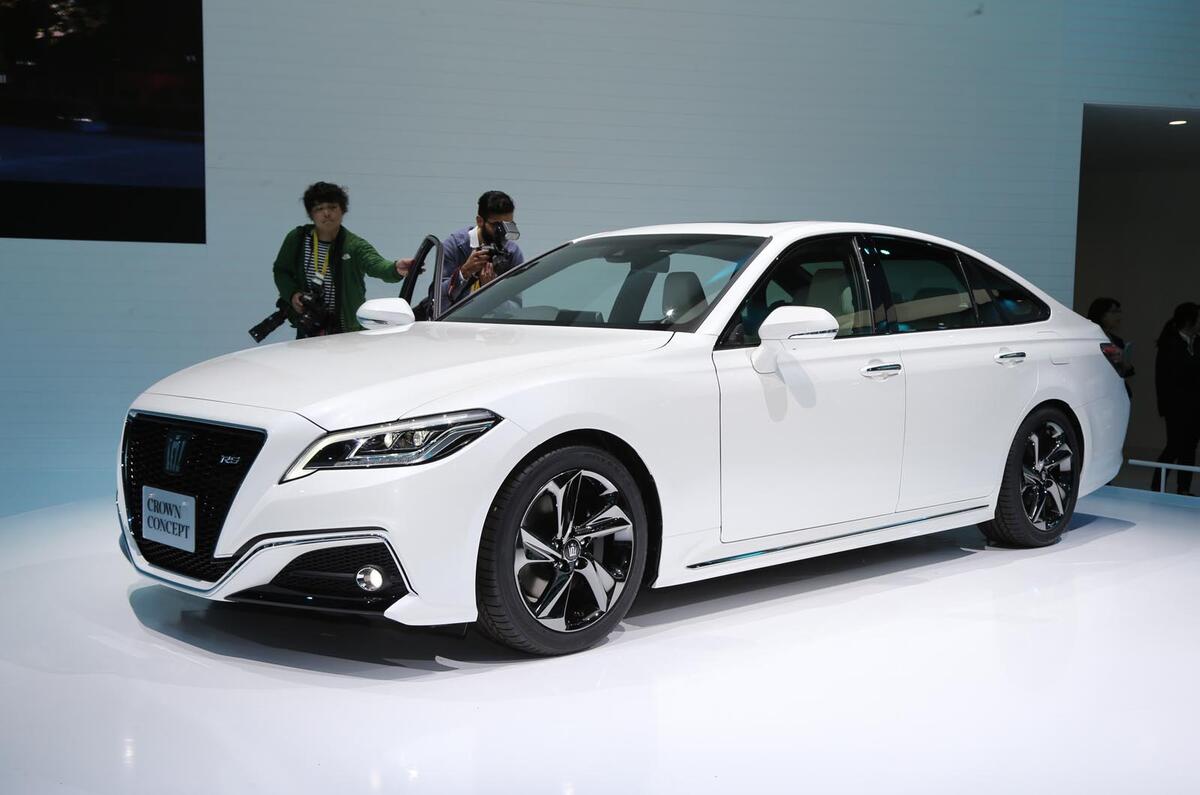

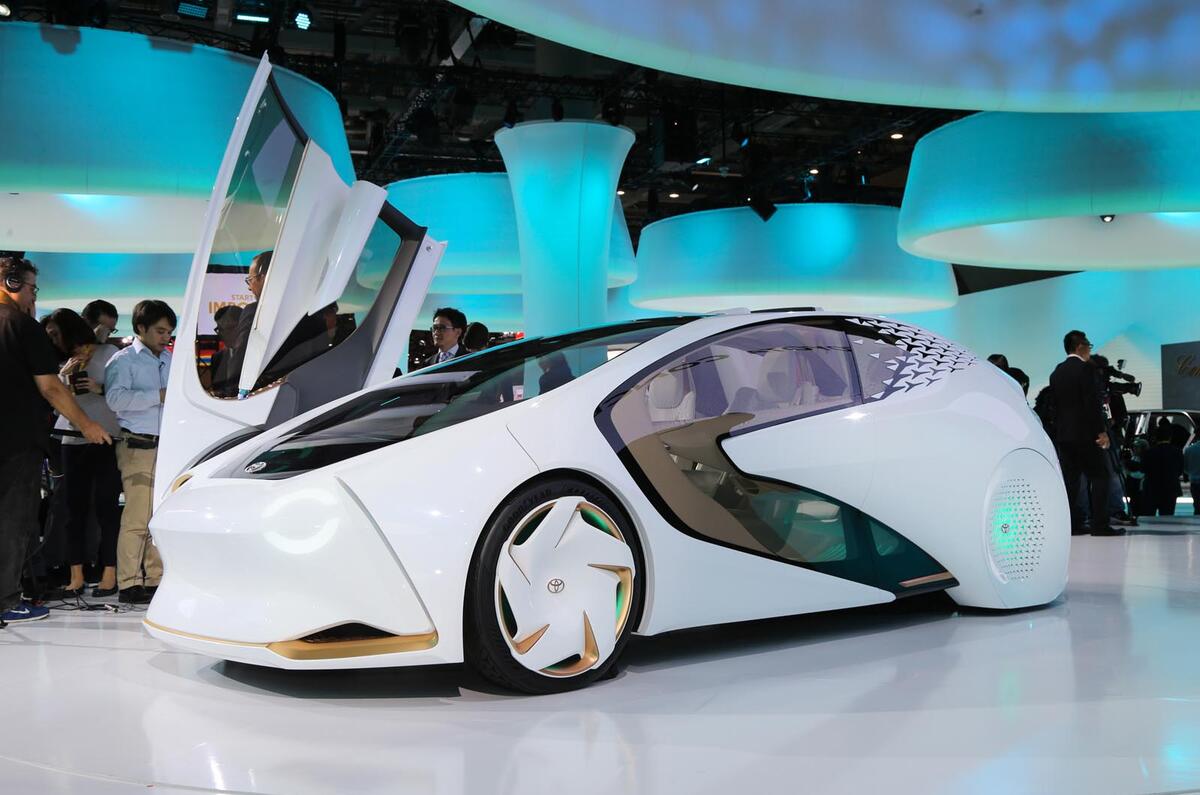
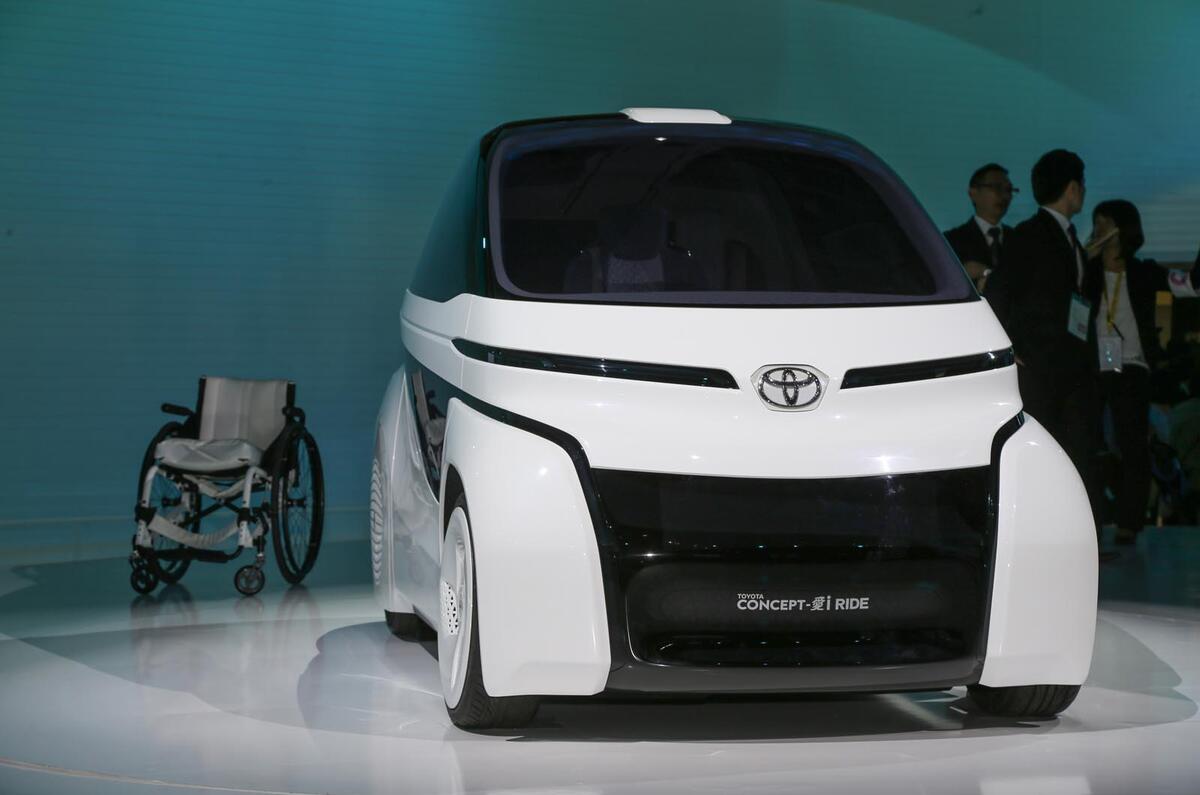
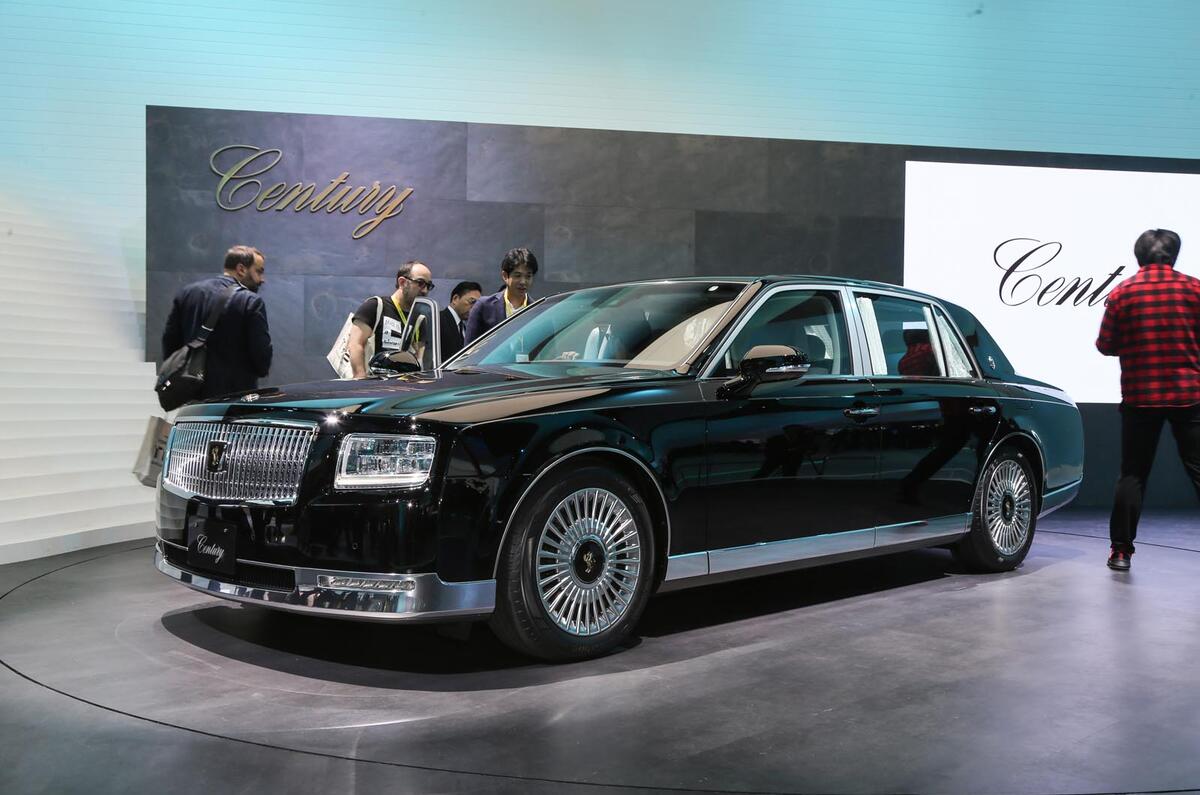
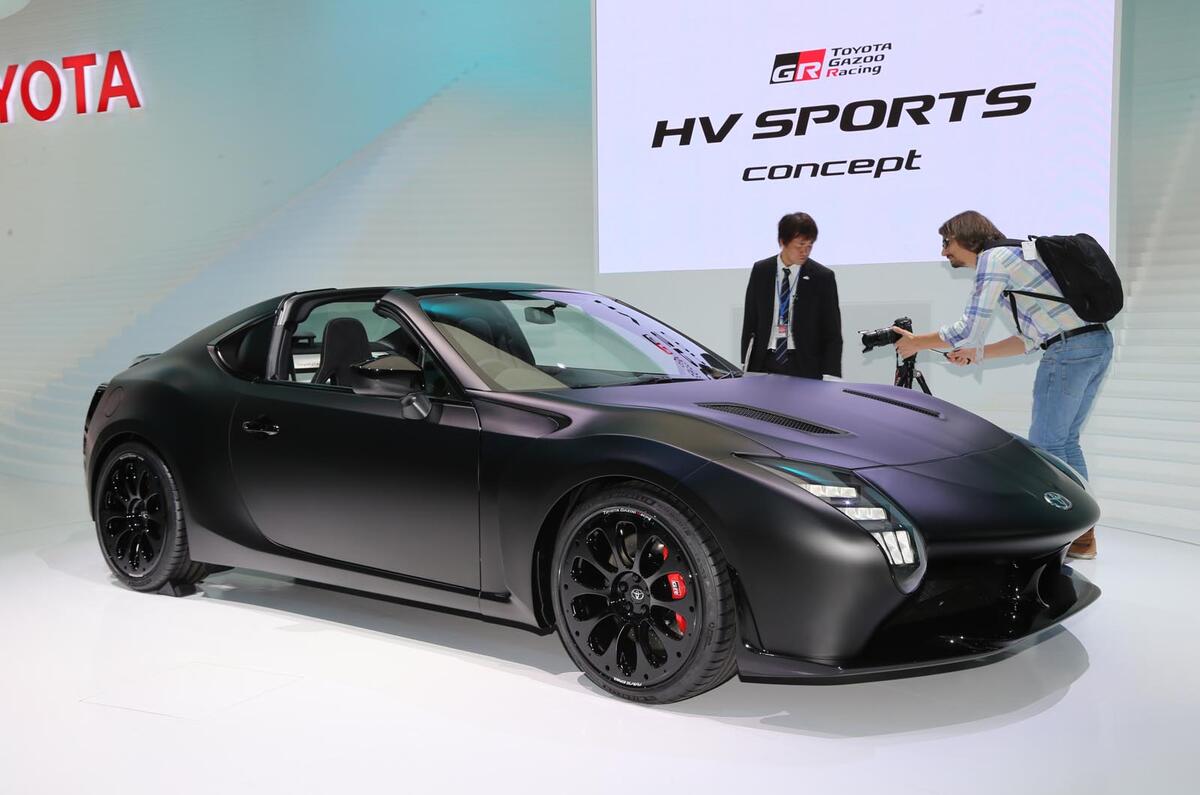
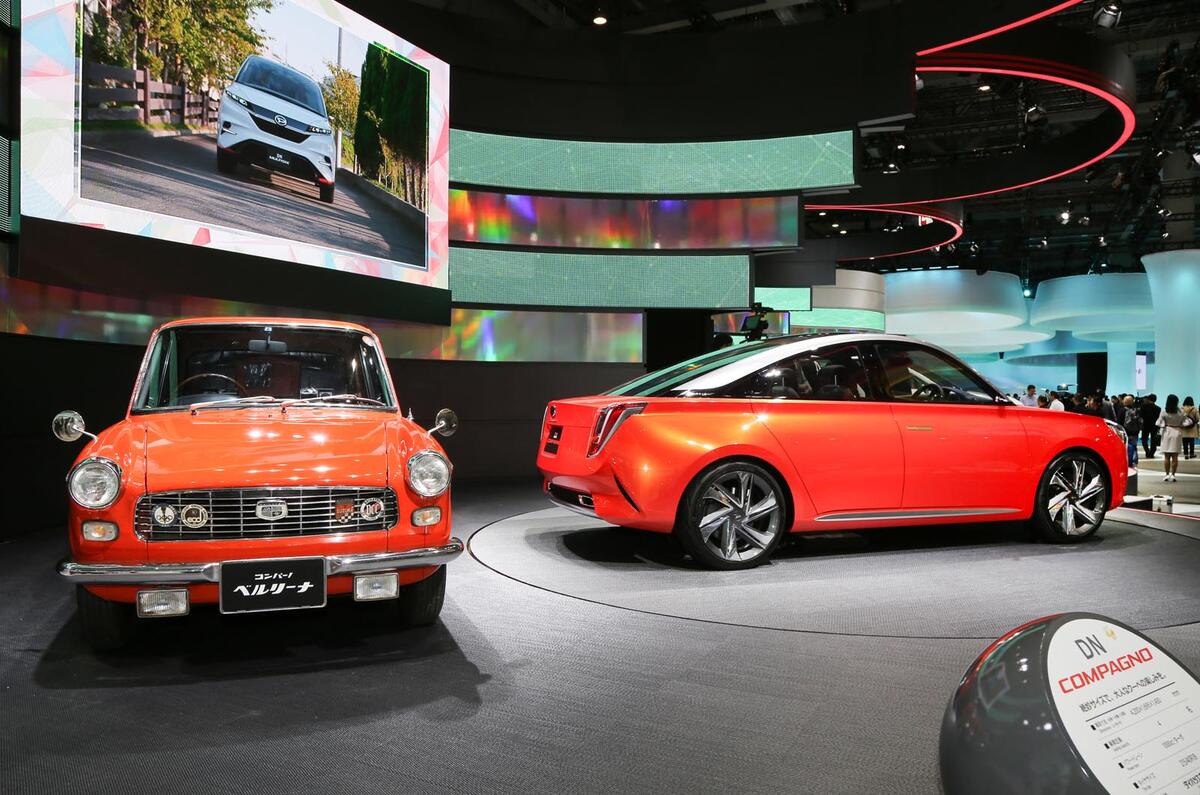
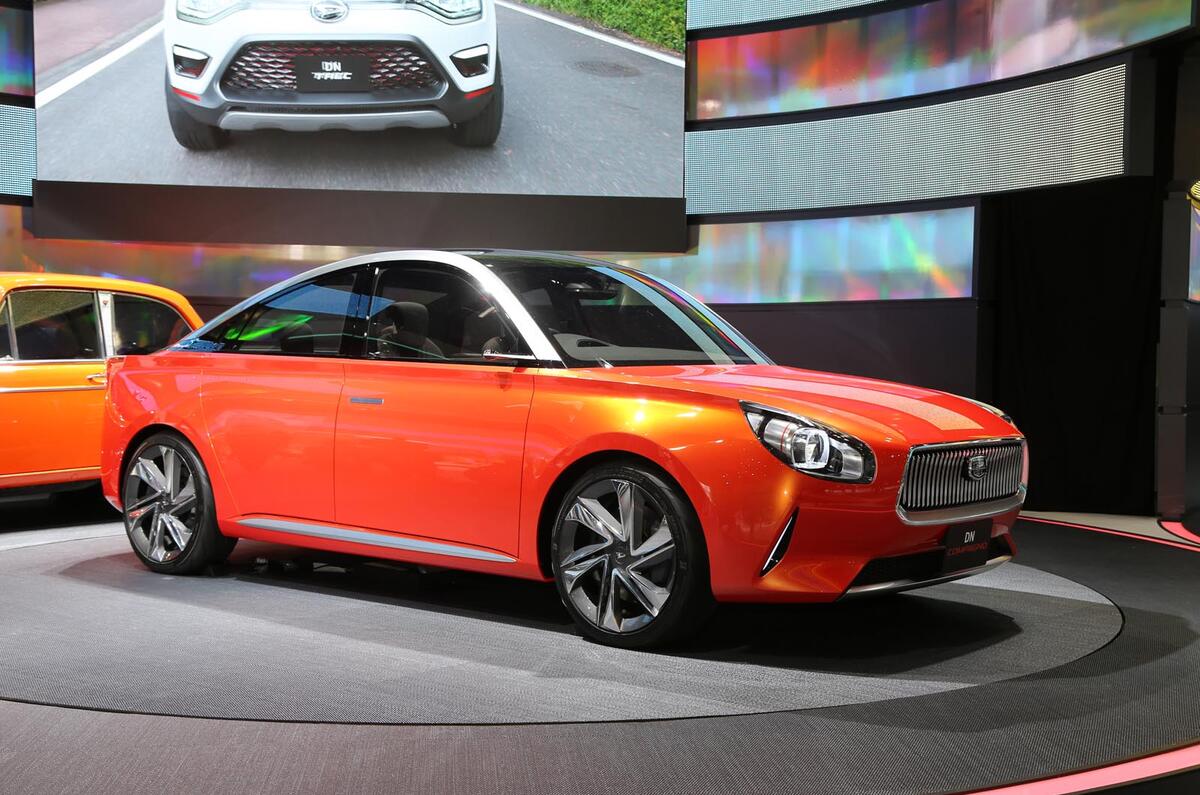
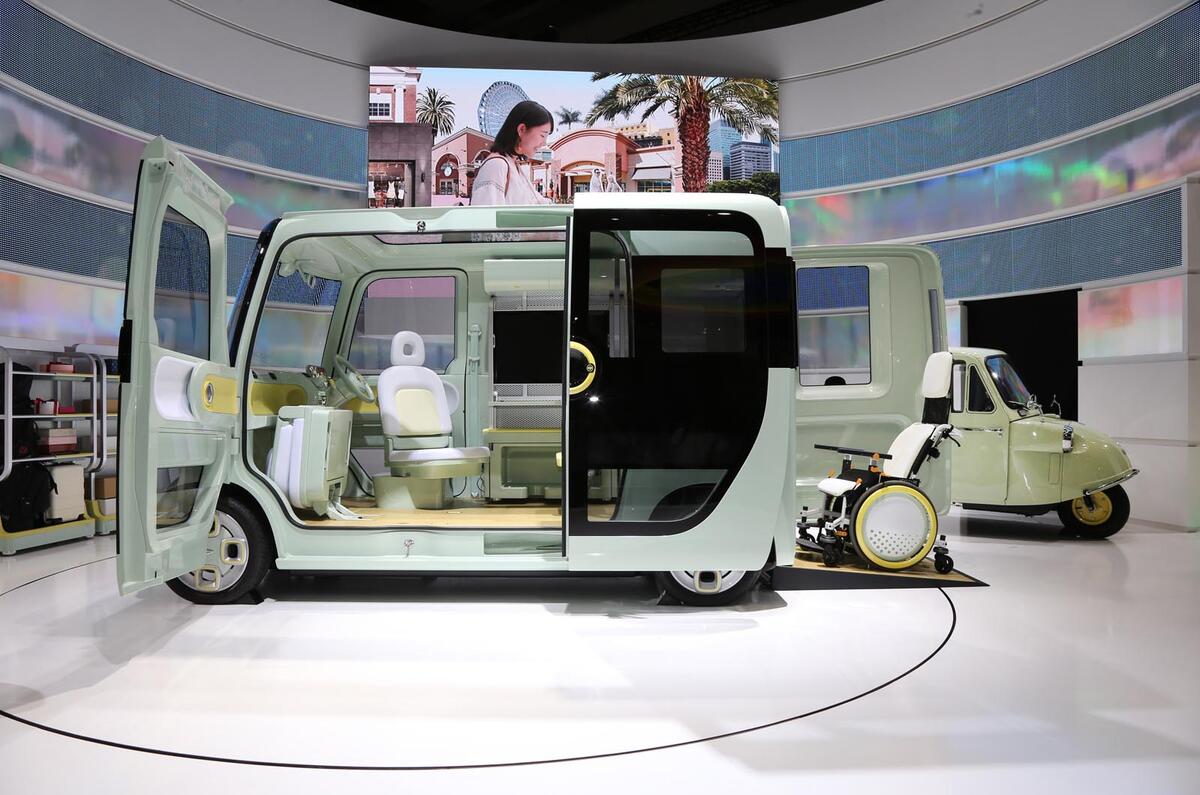
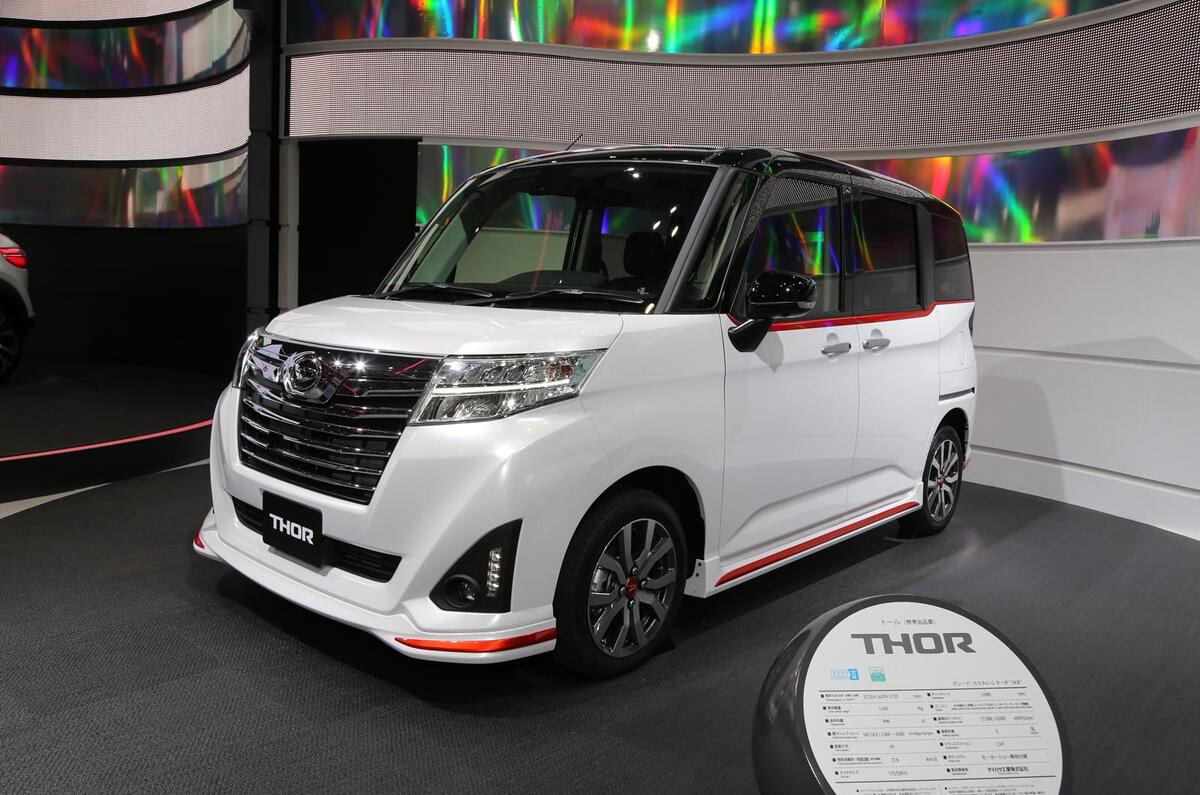

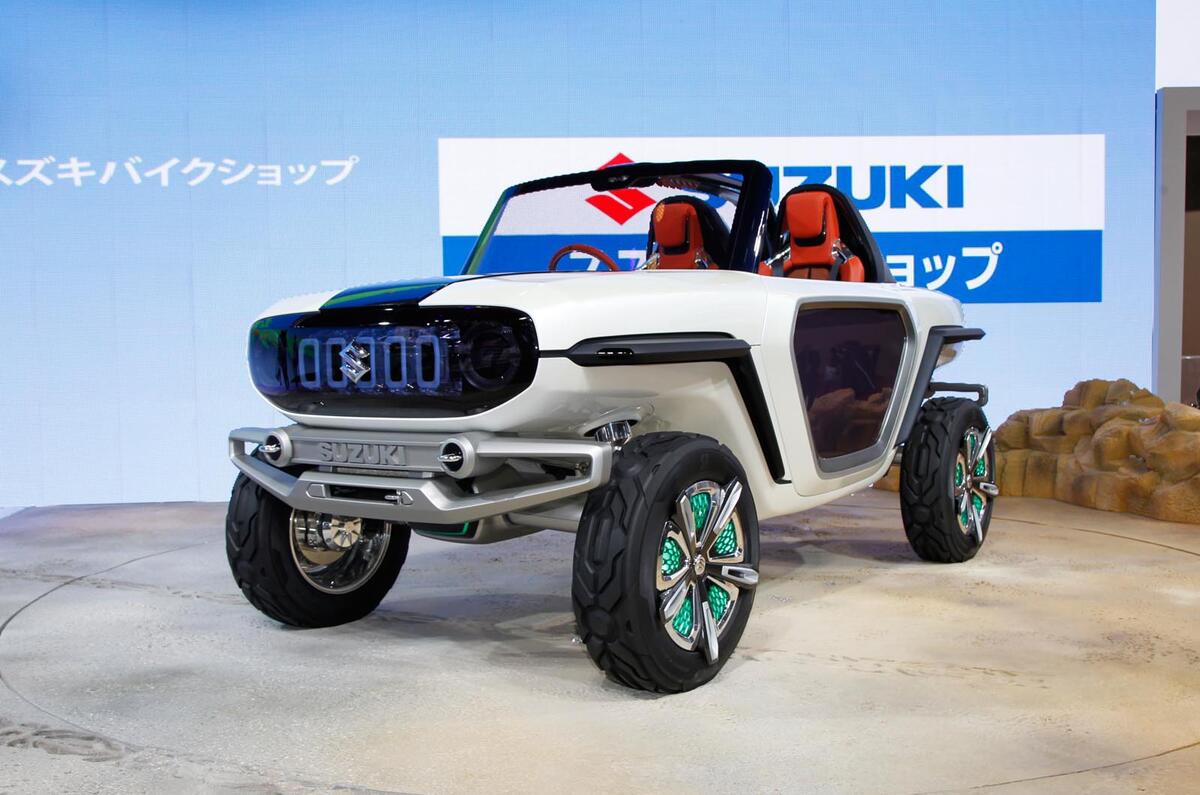
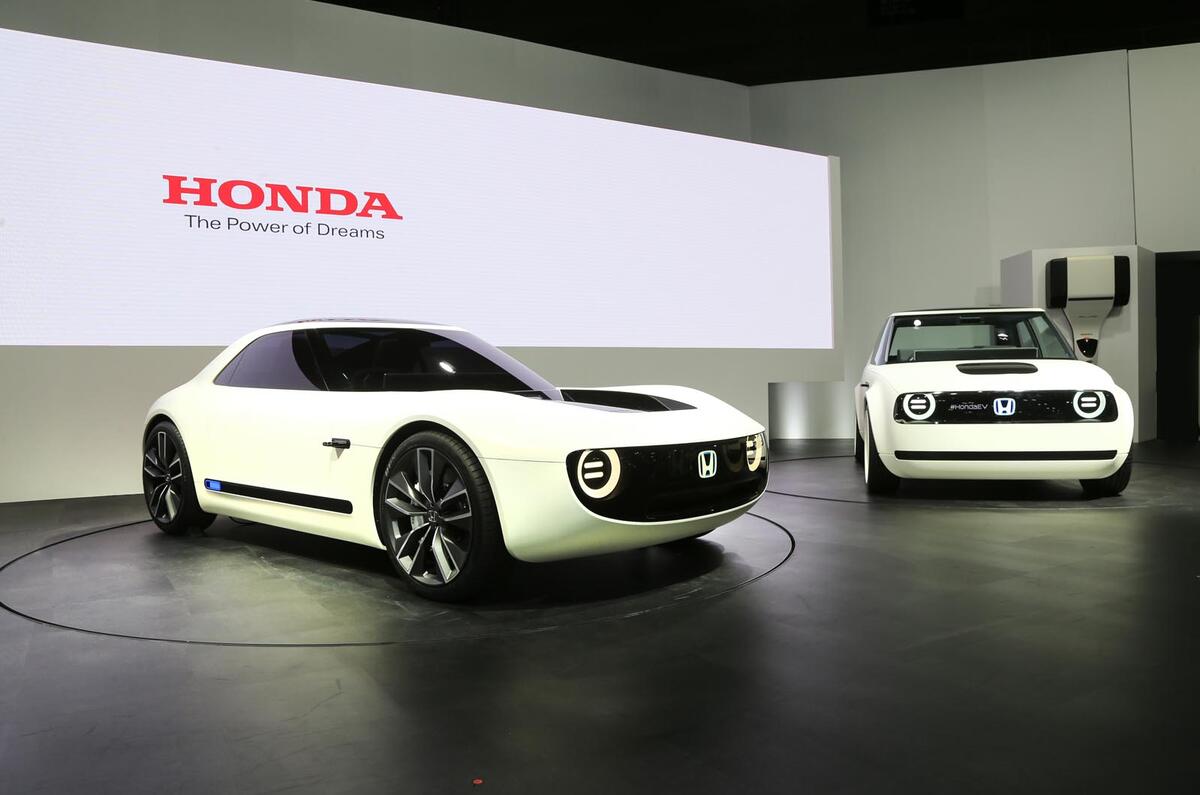


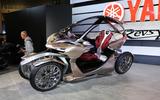
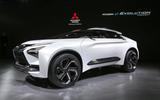



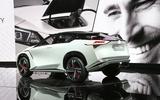
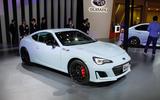
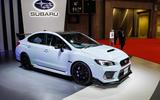
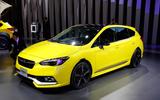
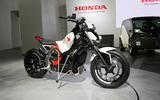
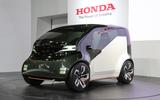
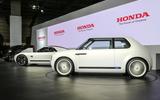
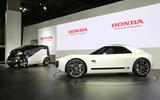
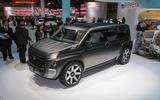
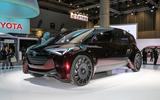
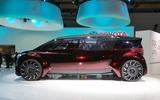
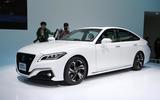
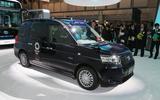

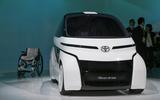
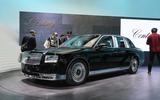
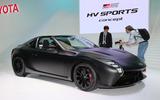
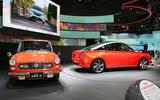
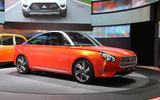
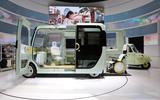
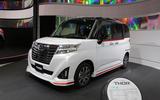
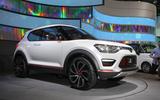
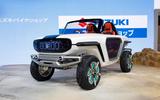
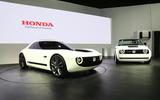

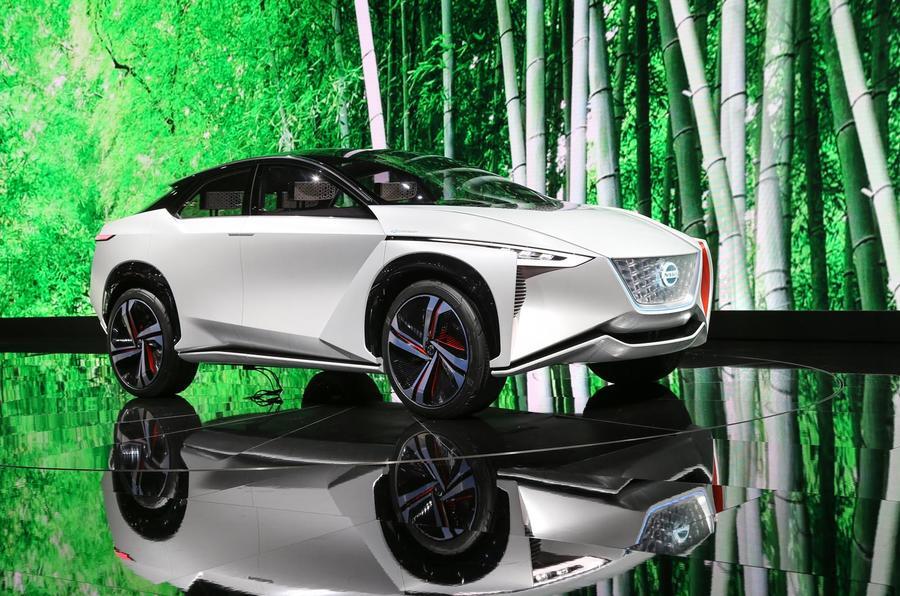


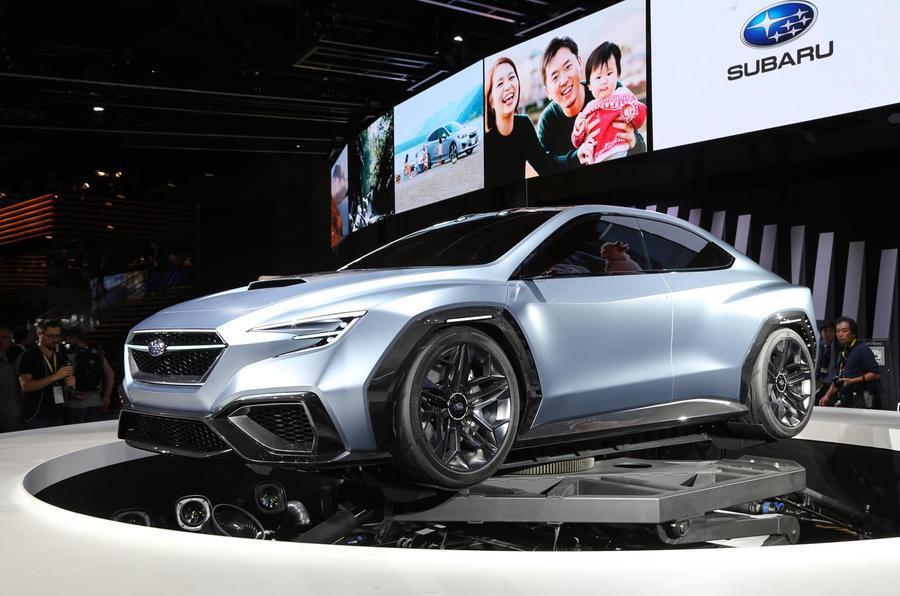







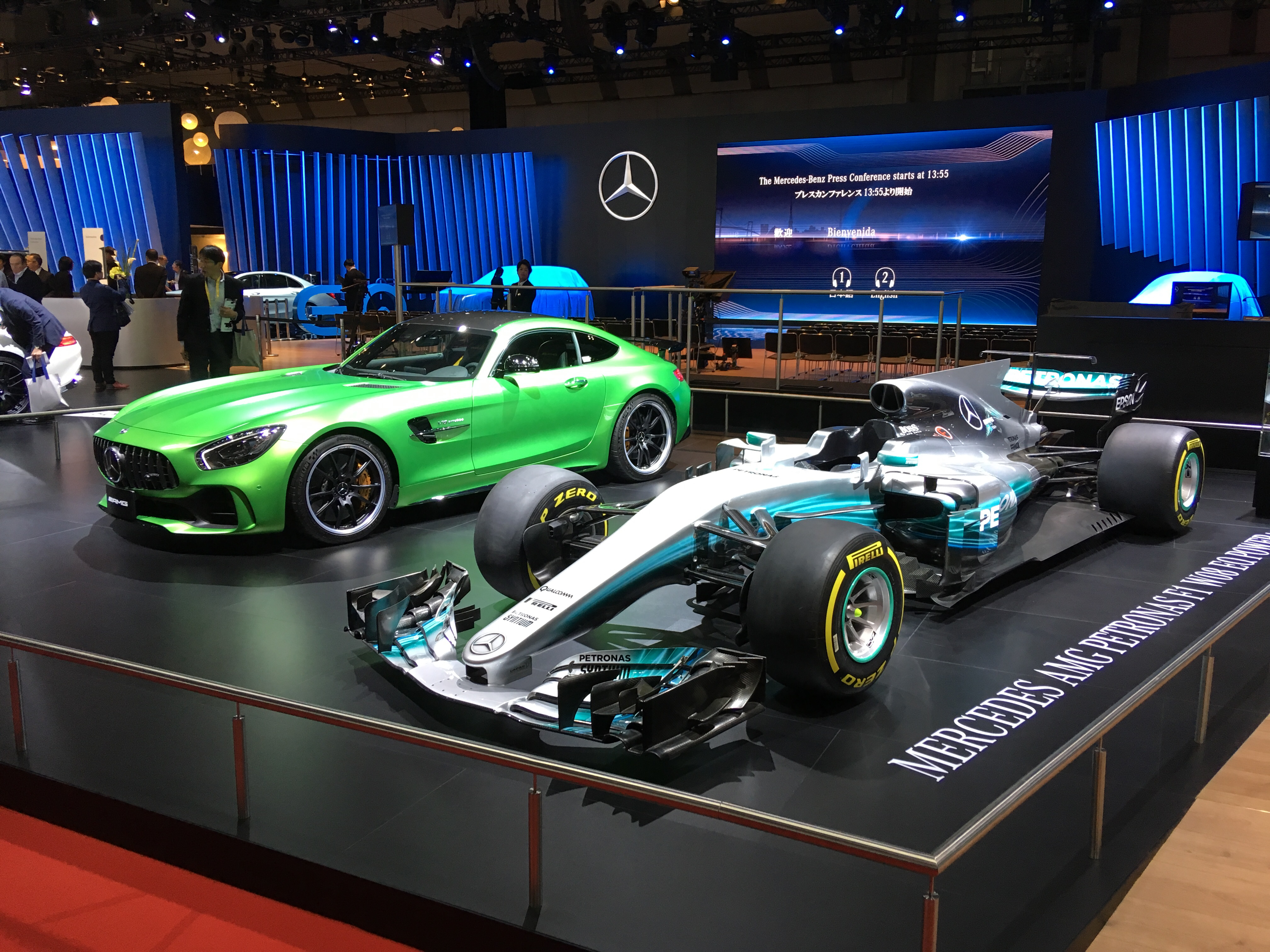
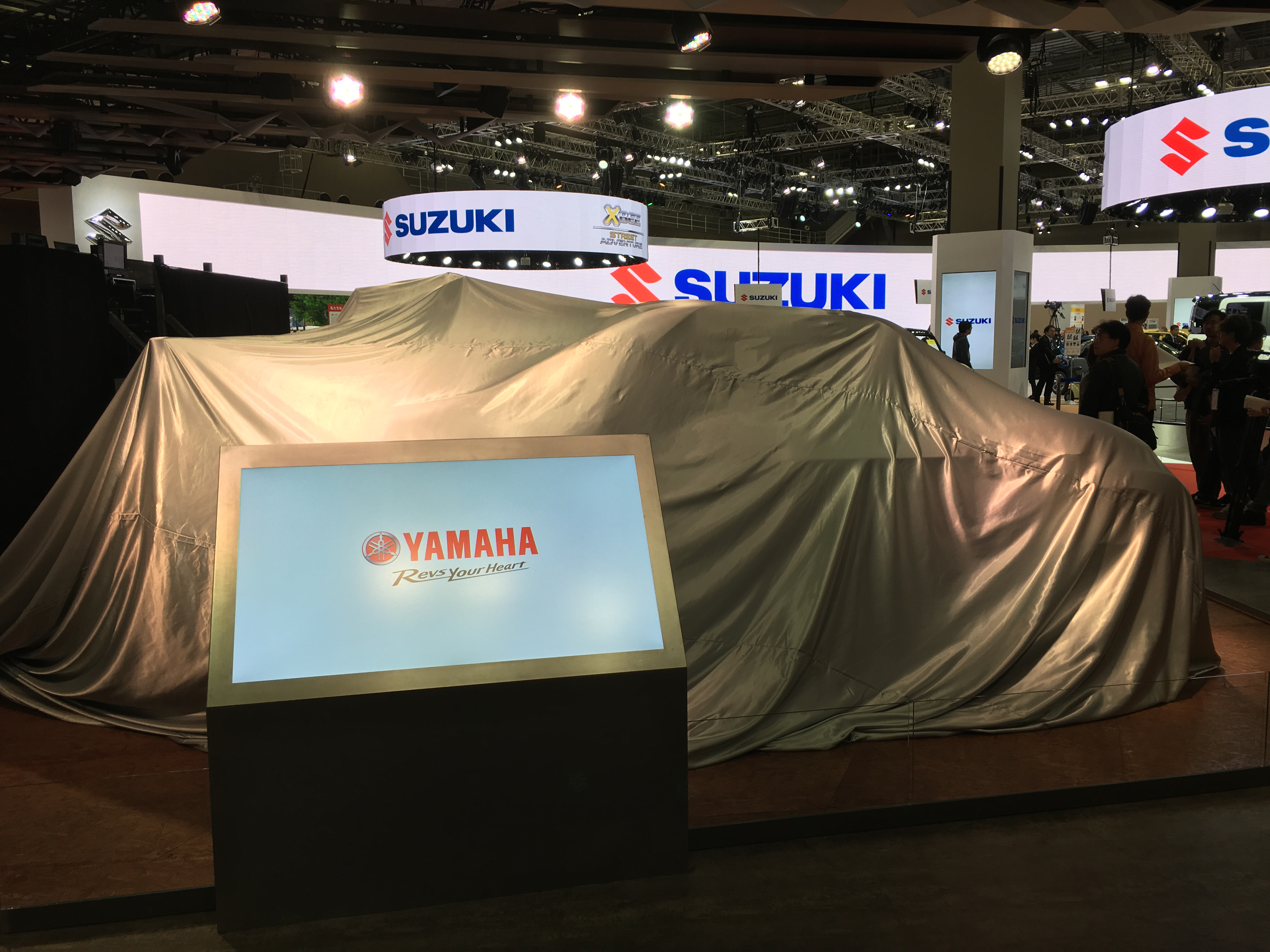
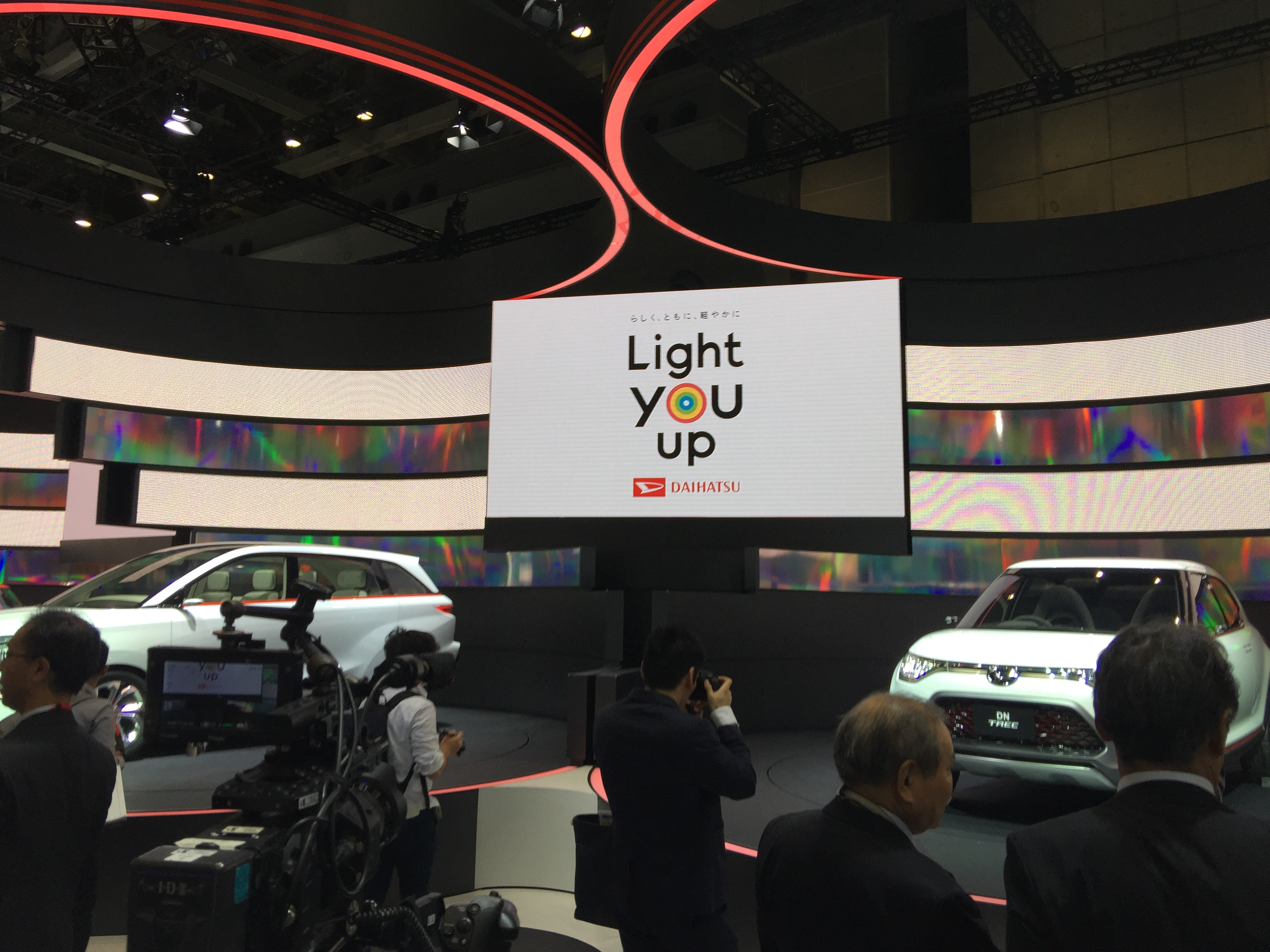


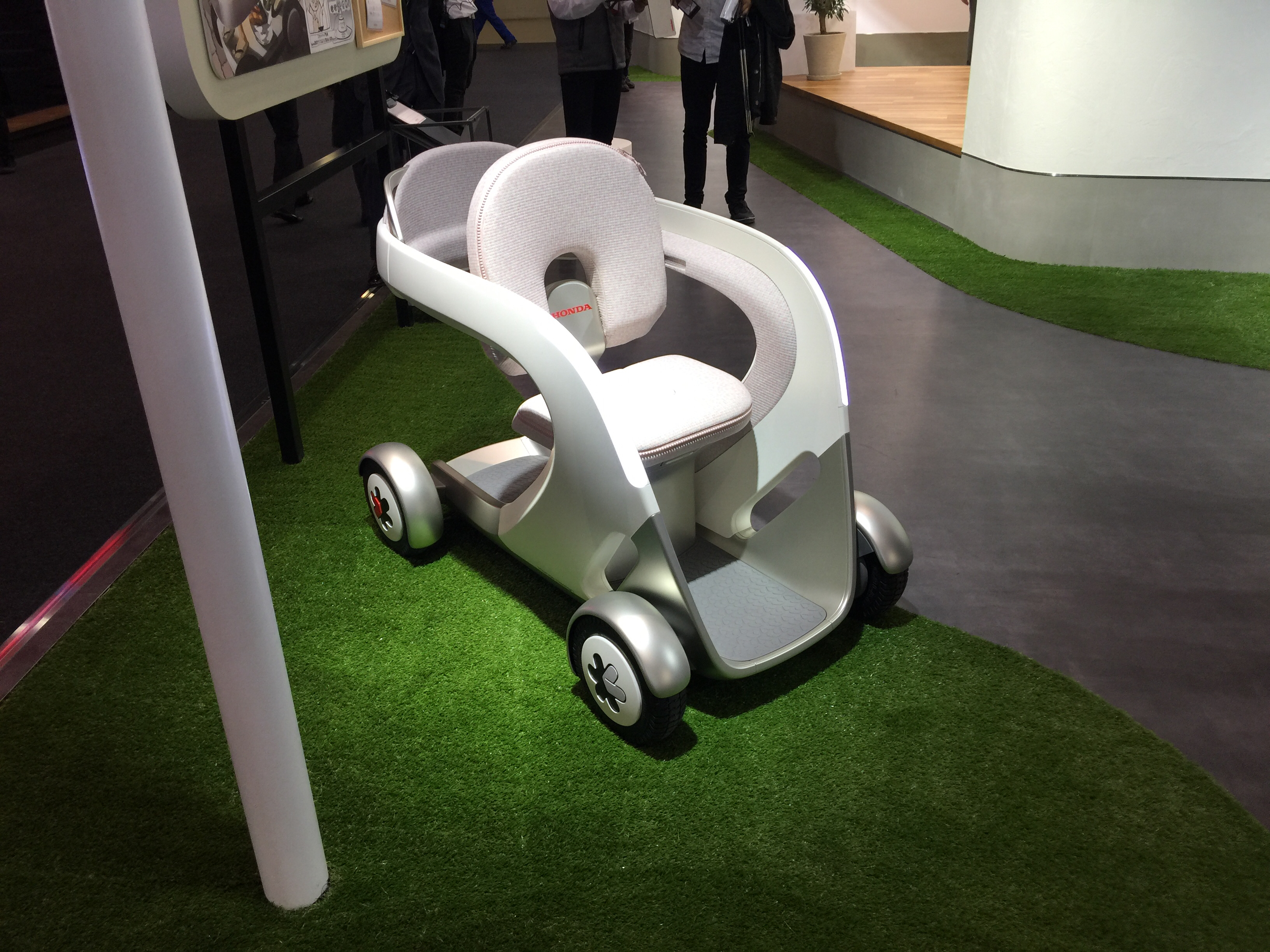
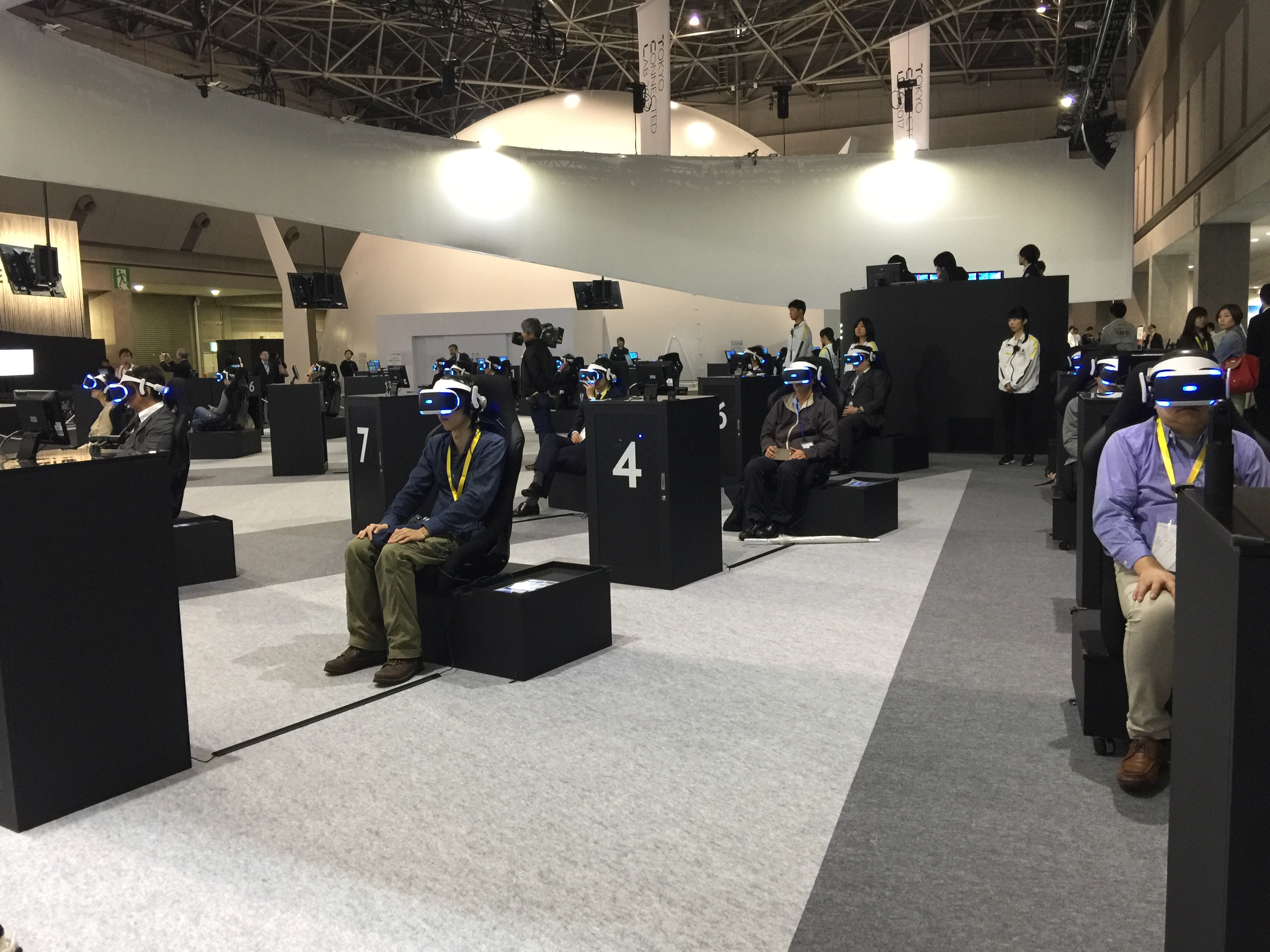
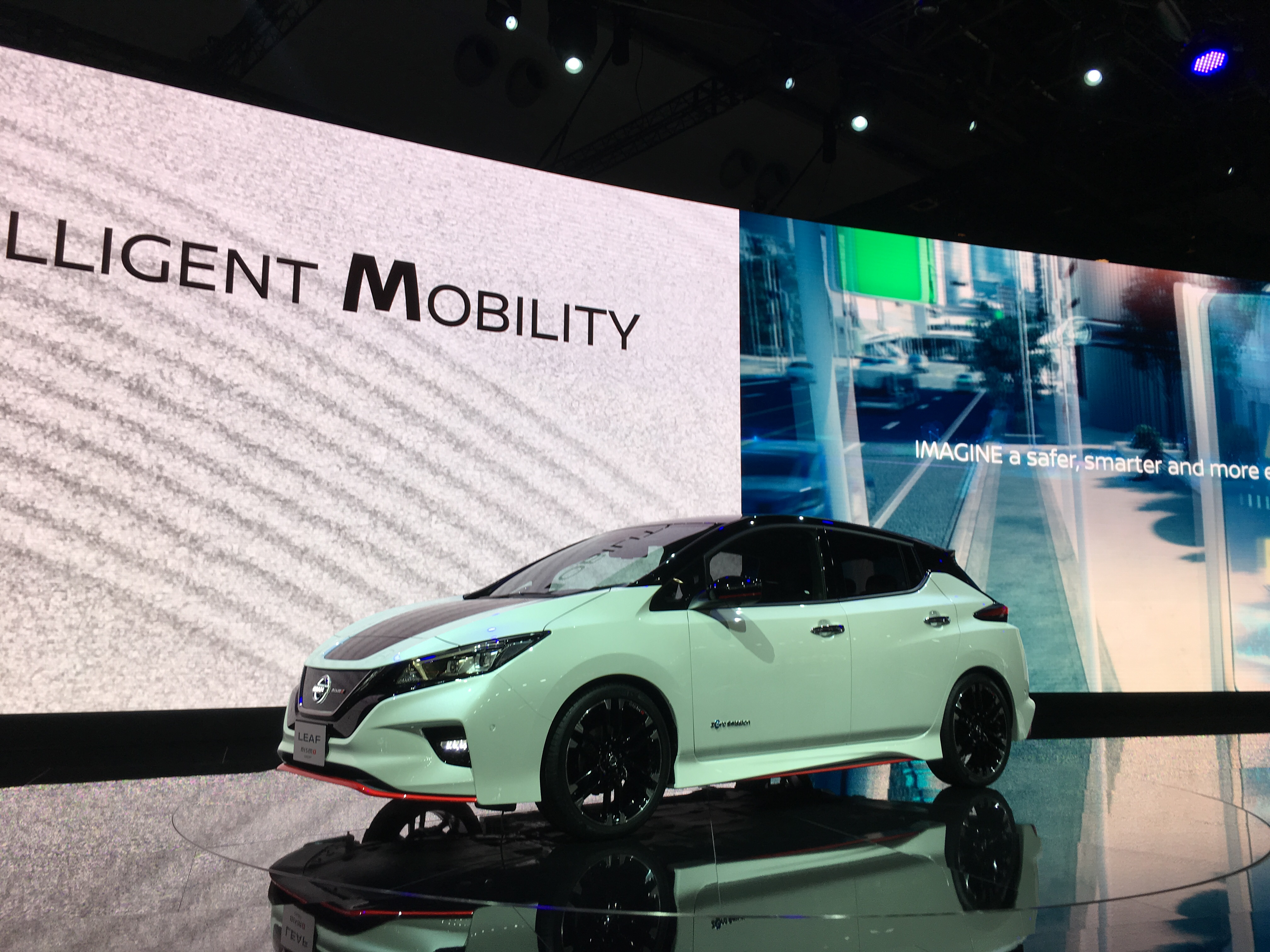
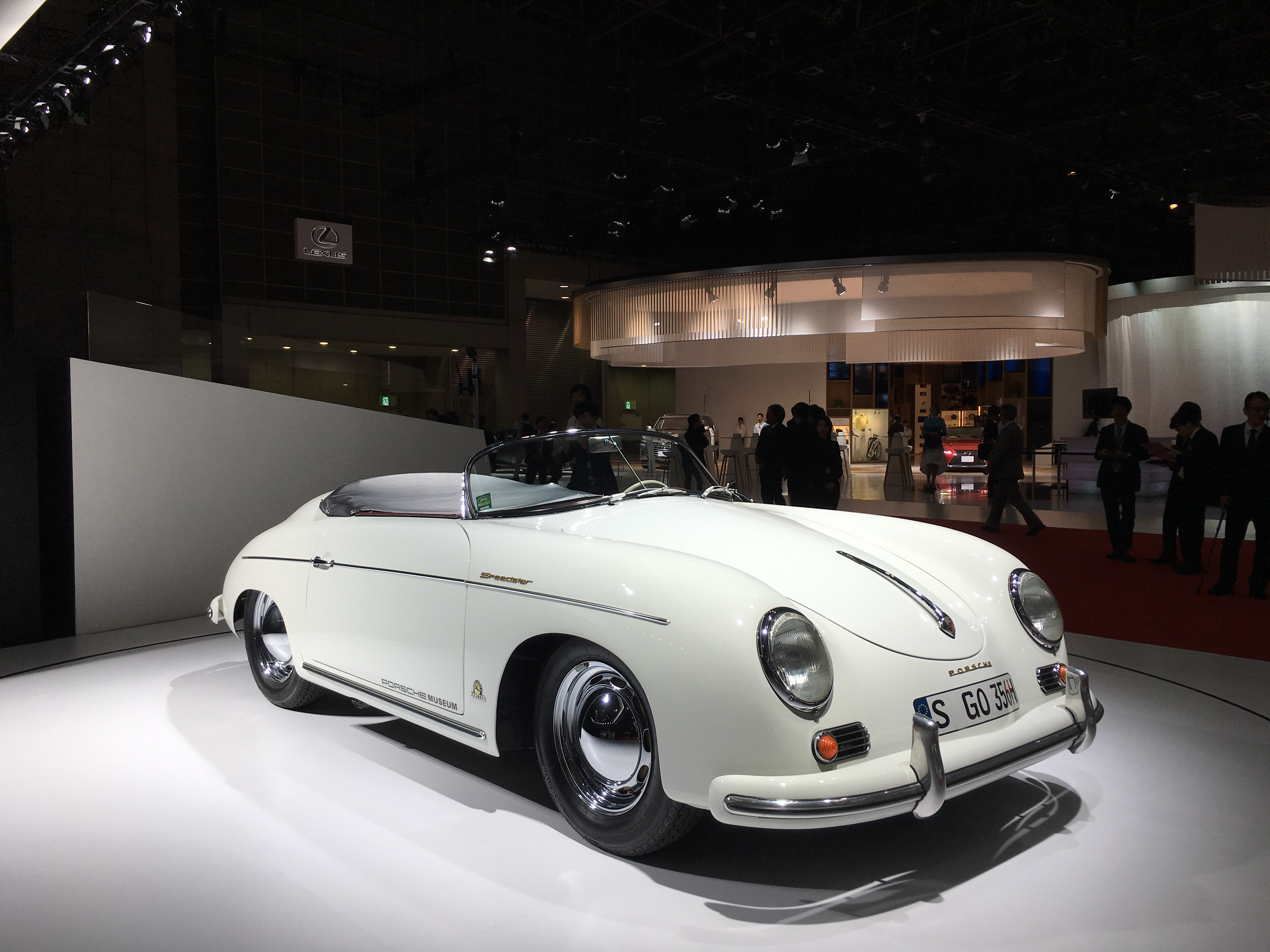

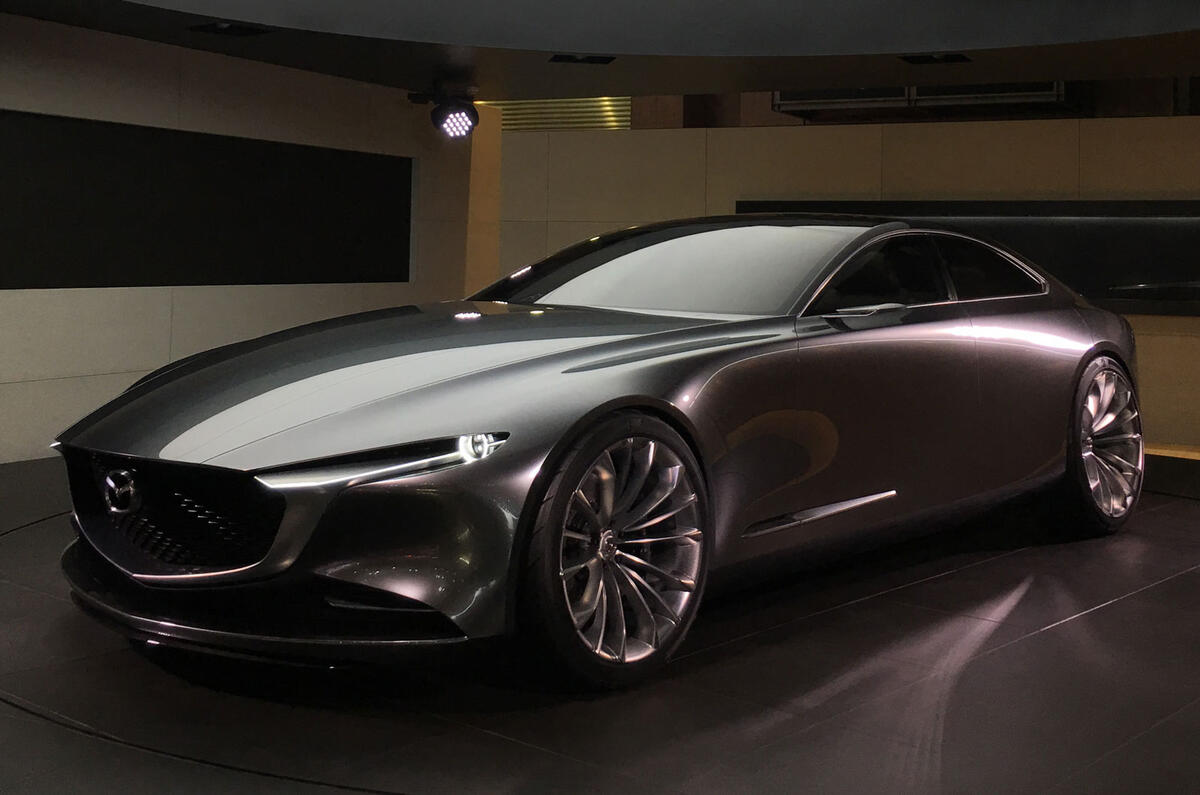
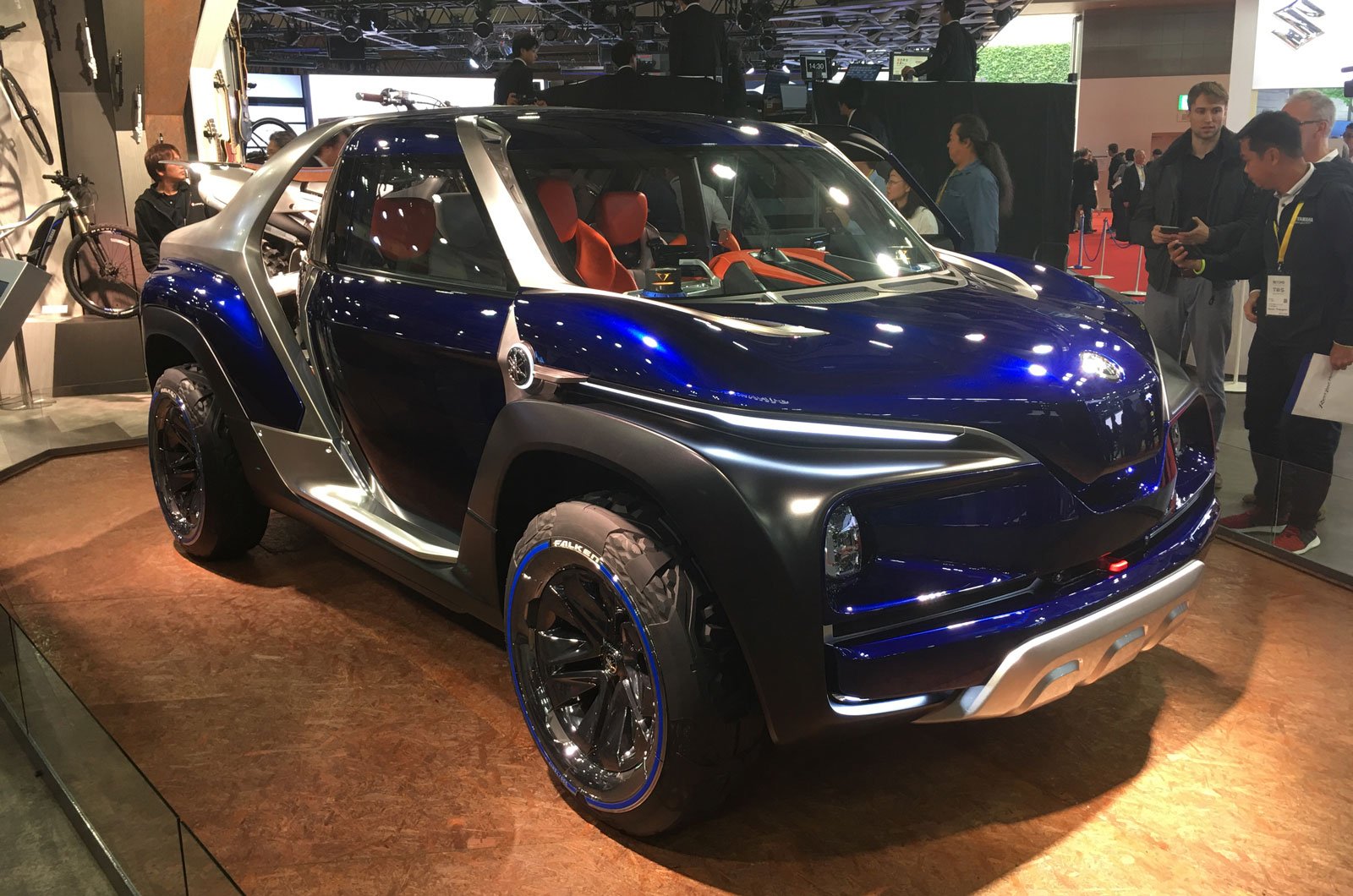



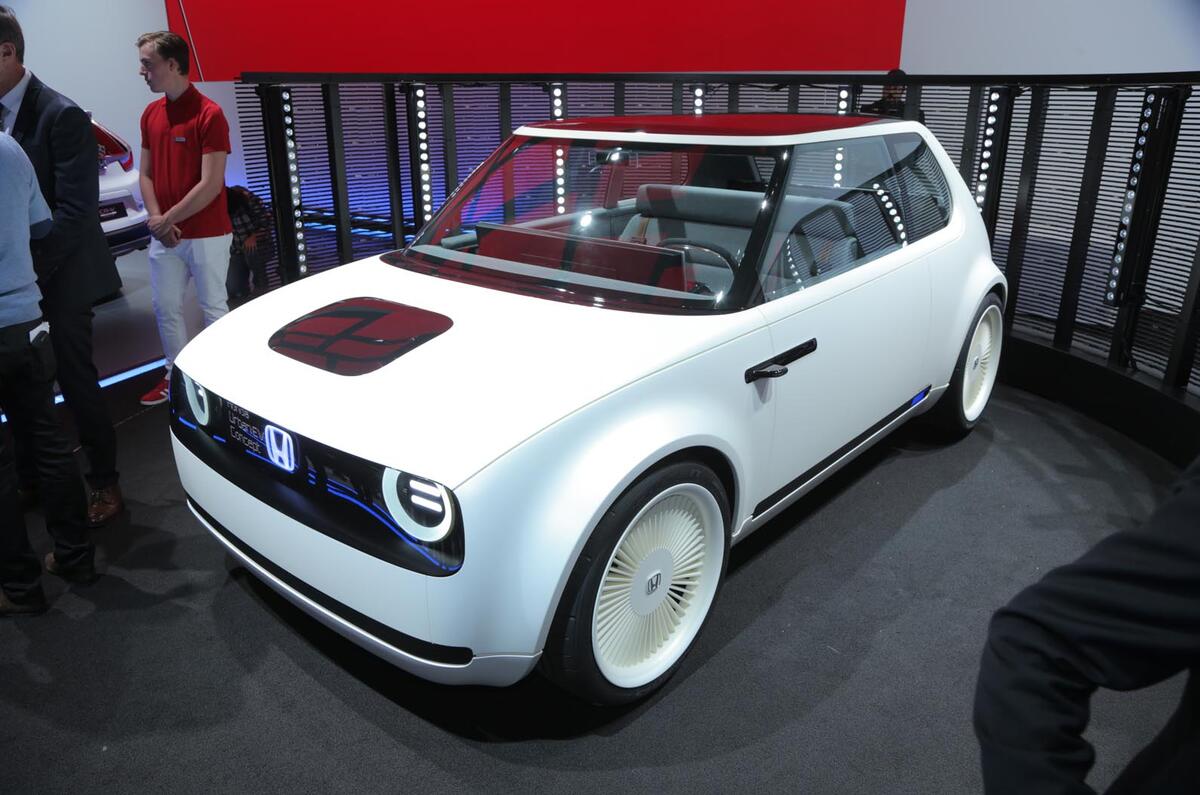
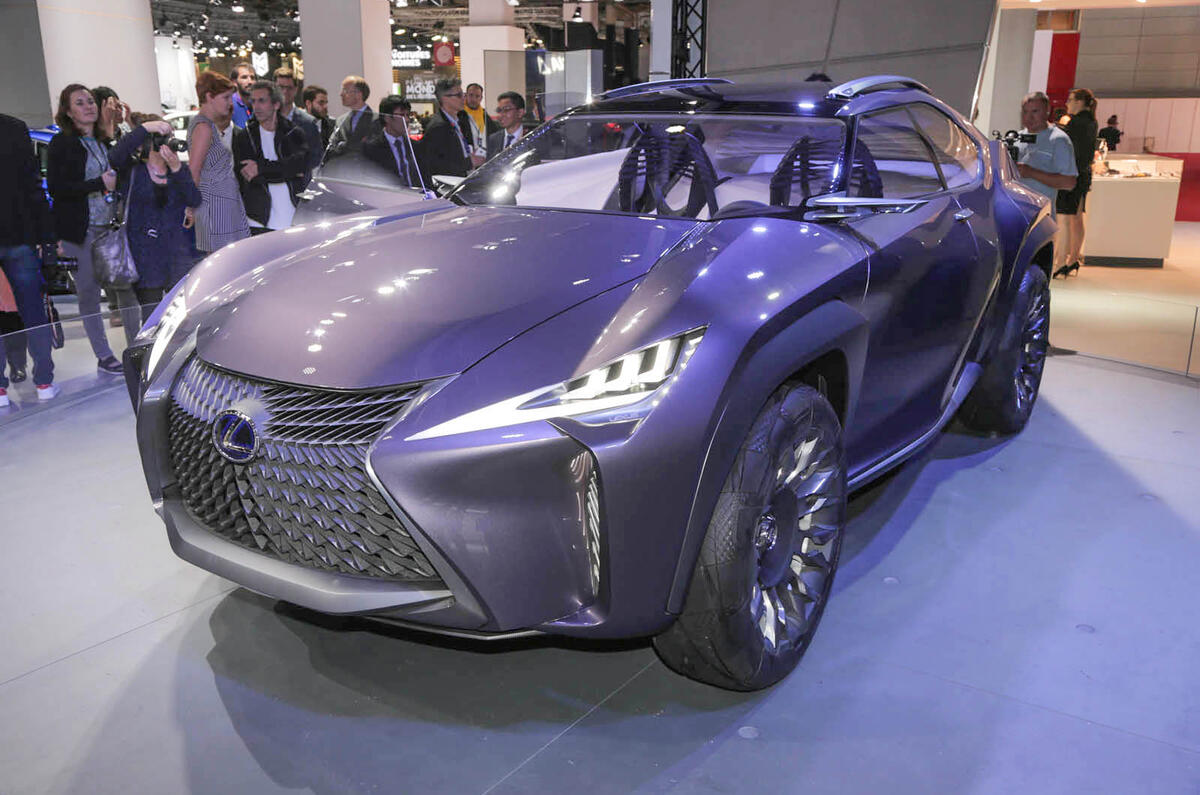
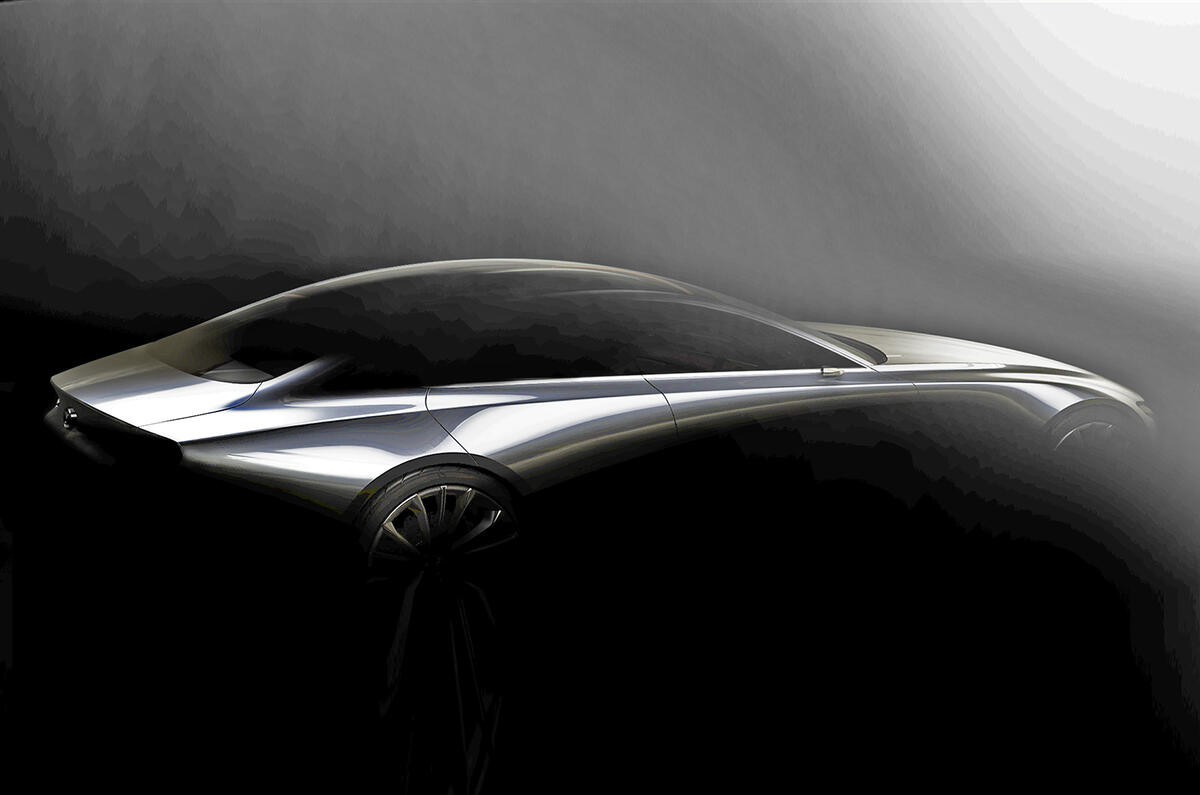


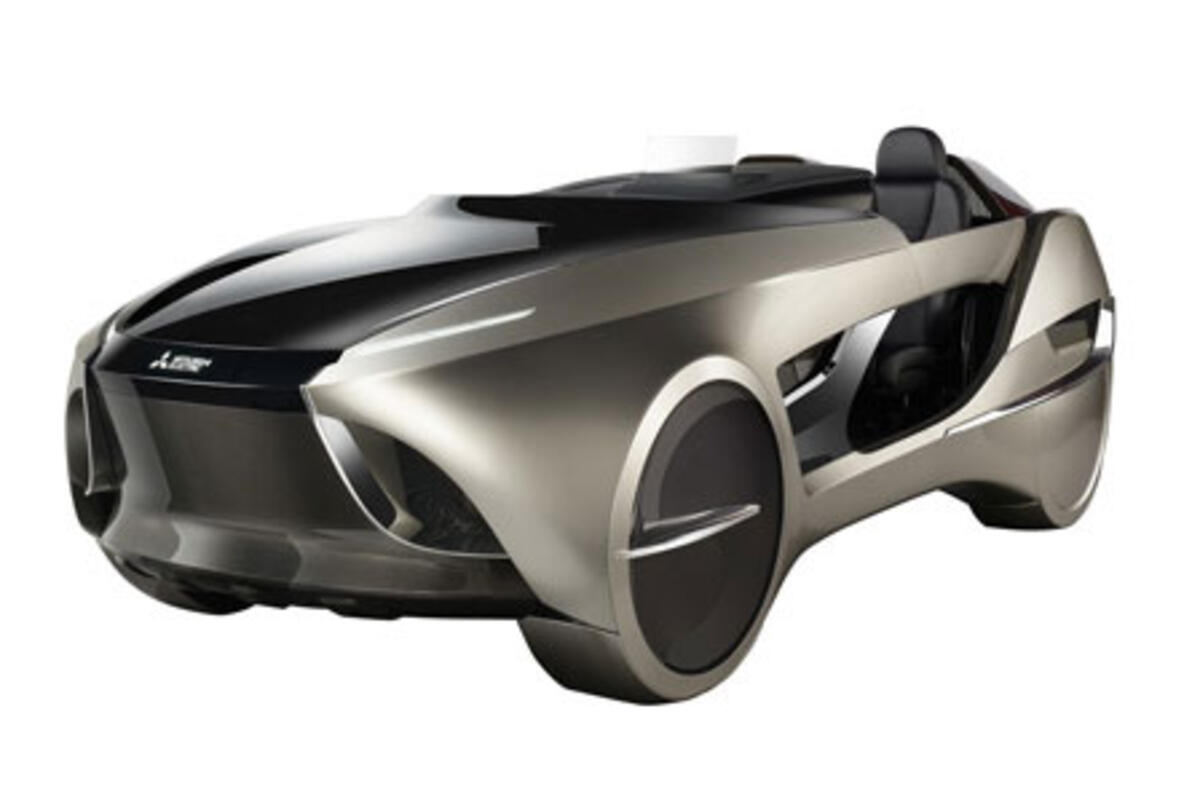



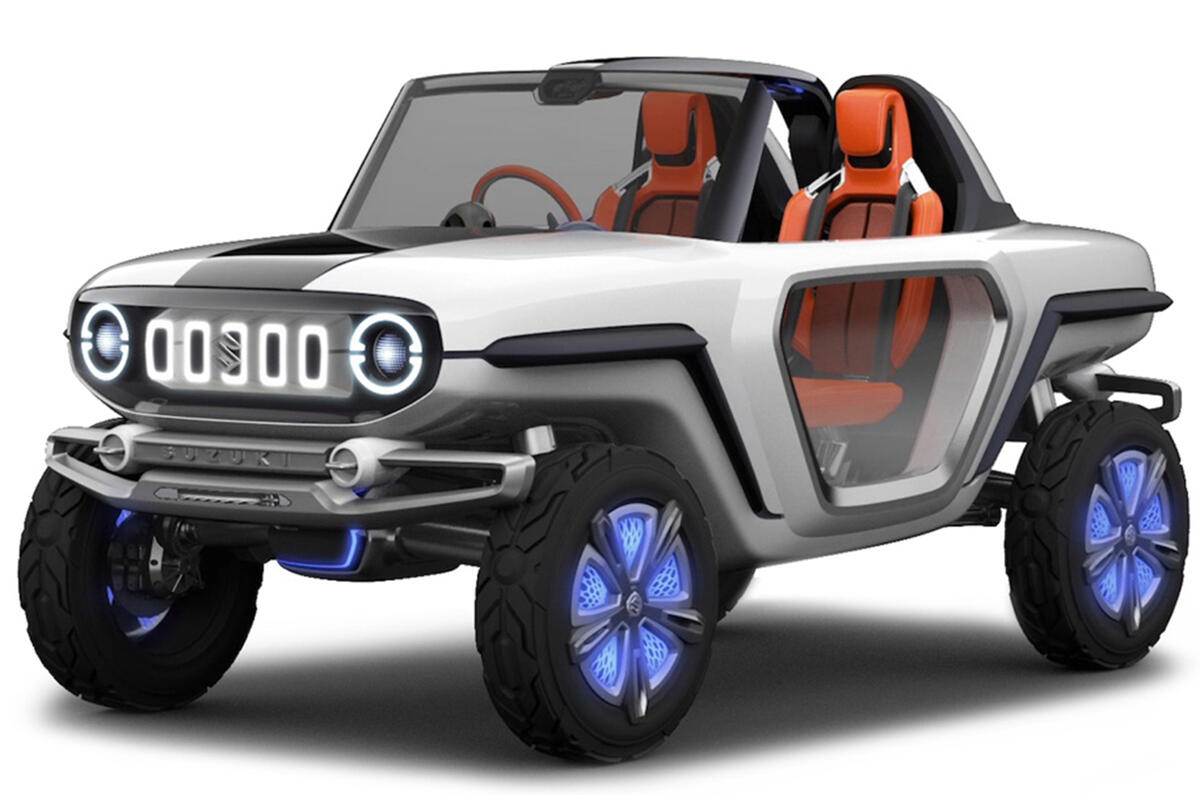






Join the debate
Add your comment
Daihatsu DN
Delighted to see that Daihatsu are keeping up the company's tradition of building truly lunatic small cars for the Japanese market. Don't know why but I really like the DN Pro-Cargo crazy looks and unbelievable interior,pity that Toyota has restricted the model range to the home market only. the European city car market could be brightened up with a healthy dose of Daihatsu stylistic originality again.
Most interesting....
Suzuki Jimny and Nissan Leaf Nismo. Honda's might have been with their elecetric concepts but they're using them like a badly behaving child trys to get attention. They have nothing interesting now or in the near future but have to show some sort of shining light.
Suzuki Missing a Trick....
As has been said by somebody else on another thread, Suzuki are missing a 5 door trick with their Jimny, with me being sure too that a long wheelbase 5 door, (preferably powered by a 1.3 litre turbo diesel kicking out circa 100 bhp), Suzuki Jimny would sell in droves if they produced one....